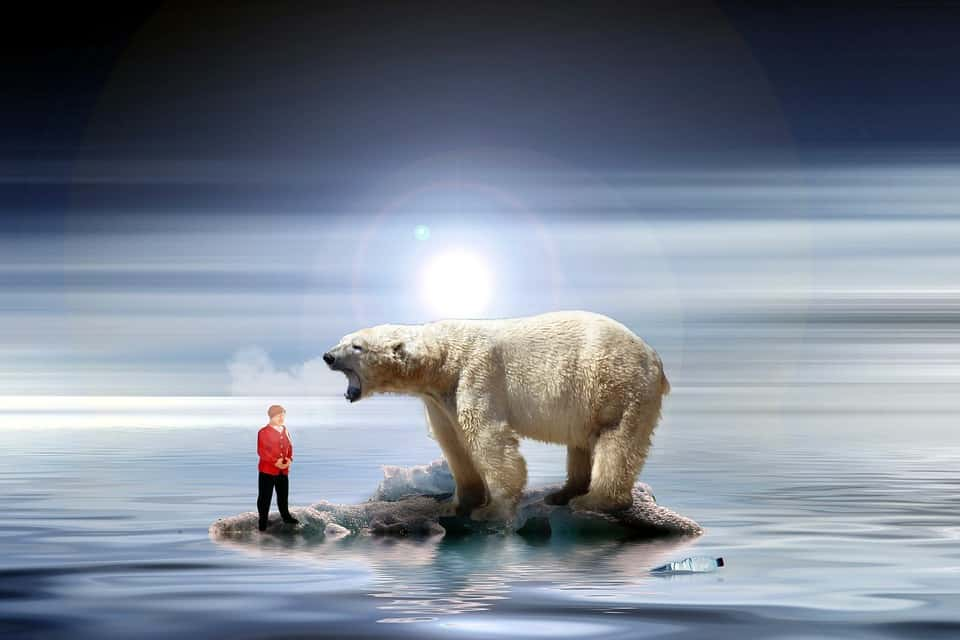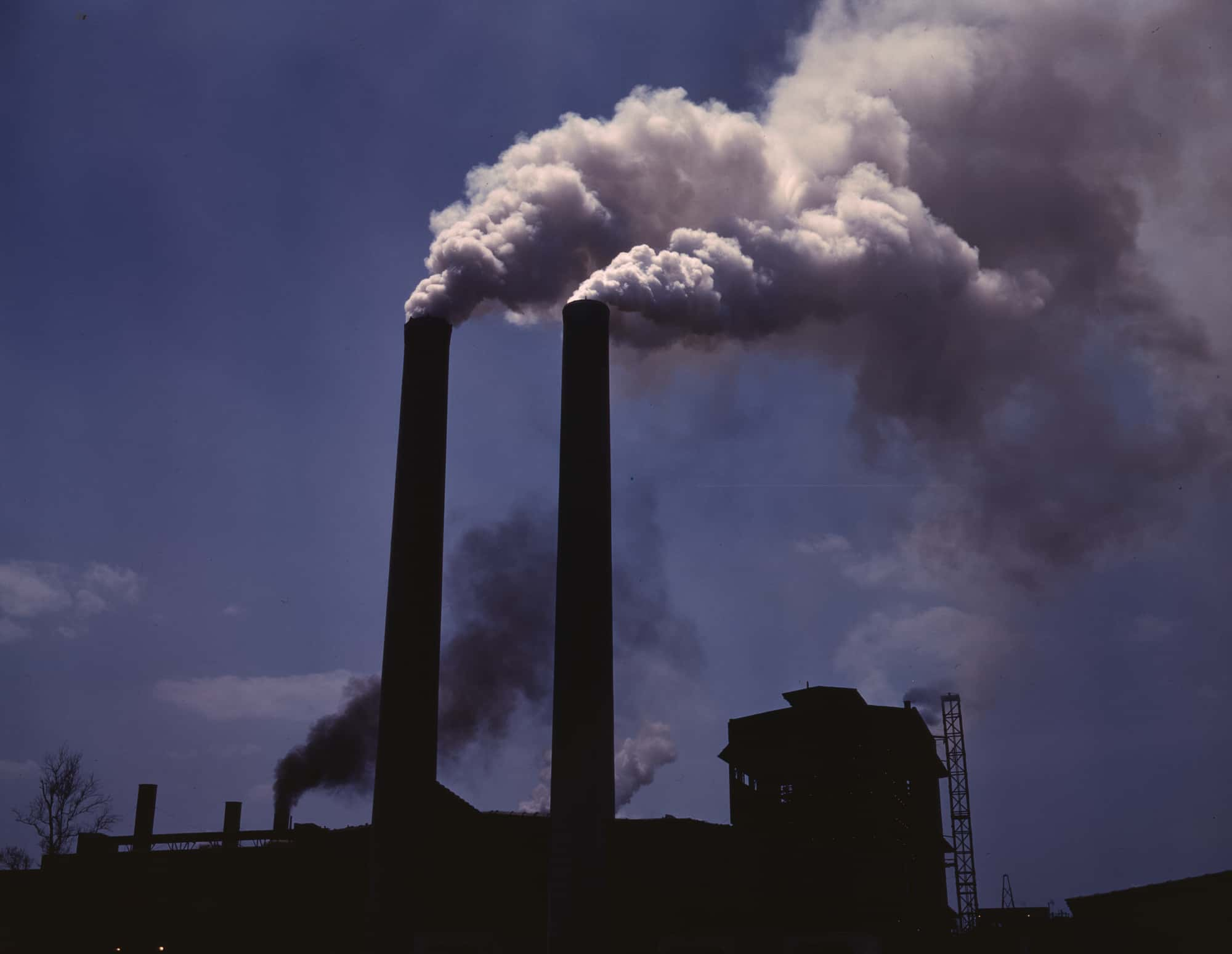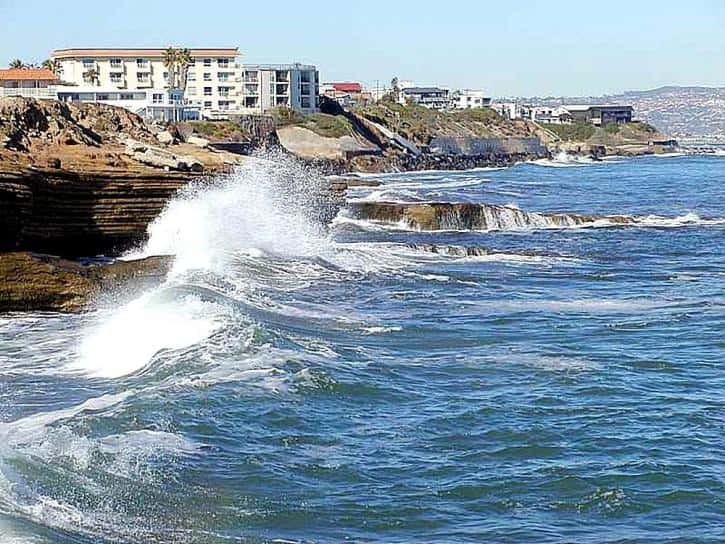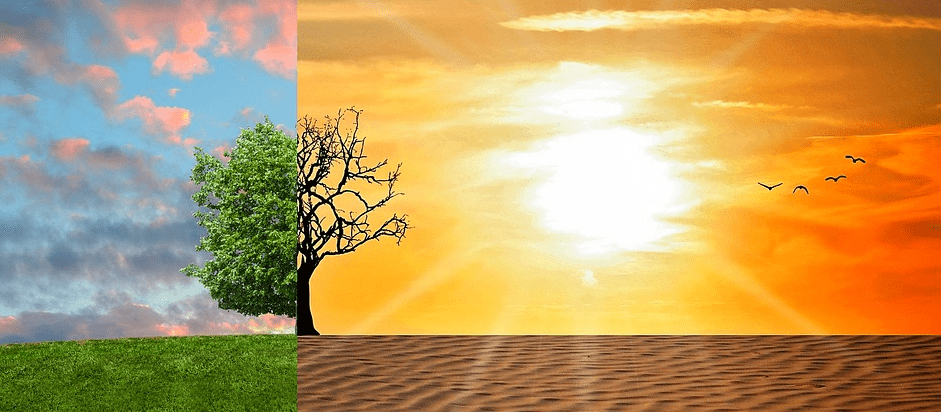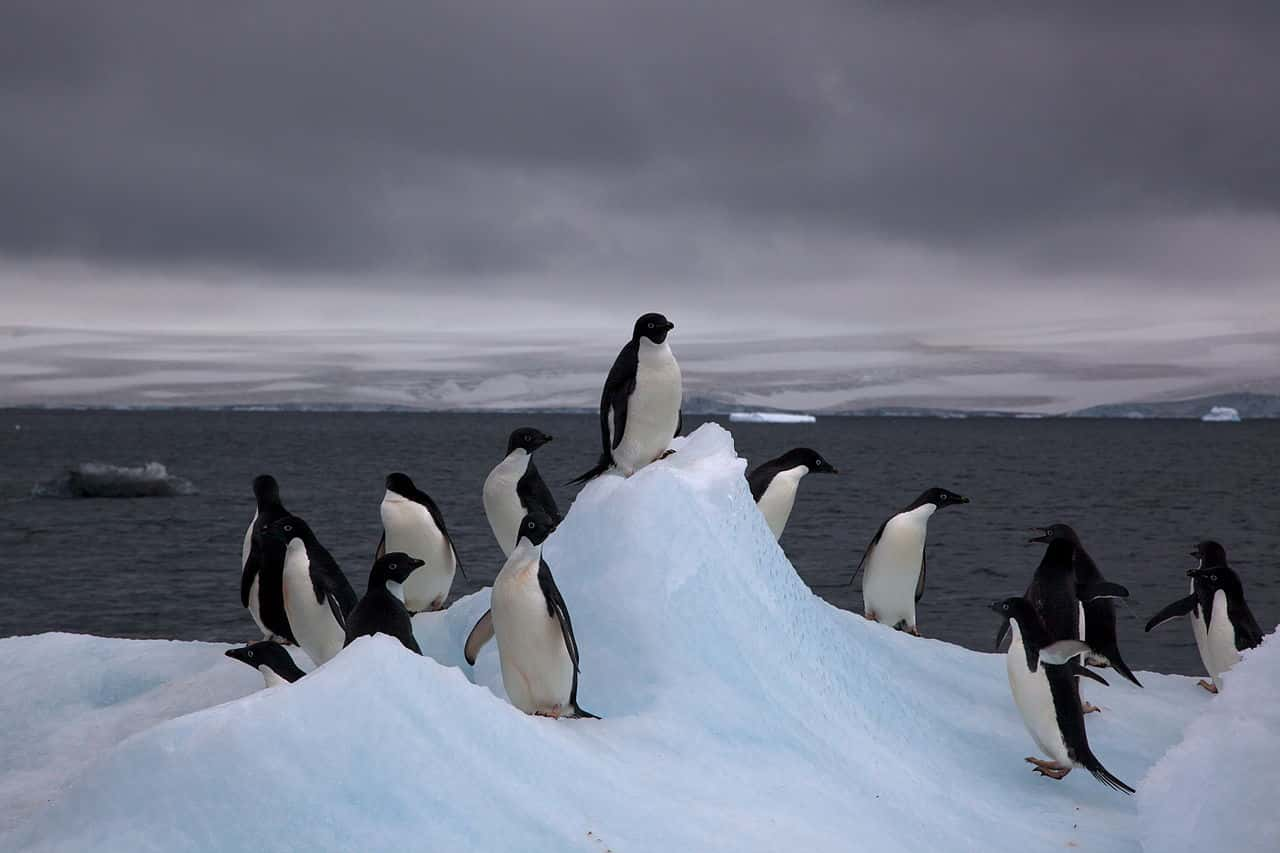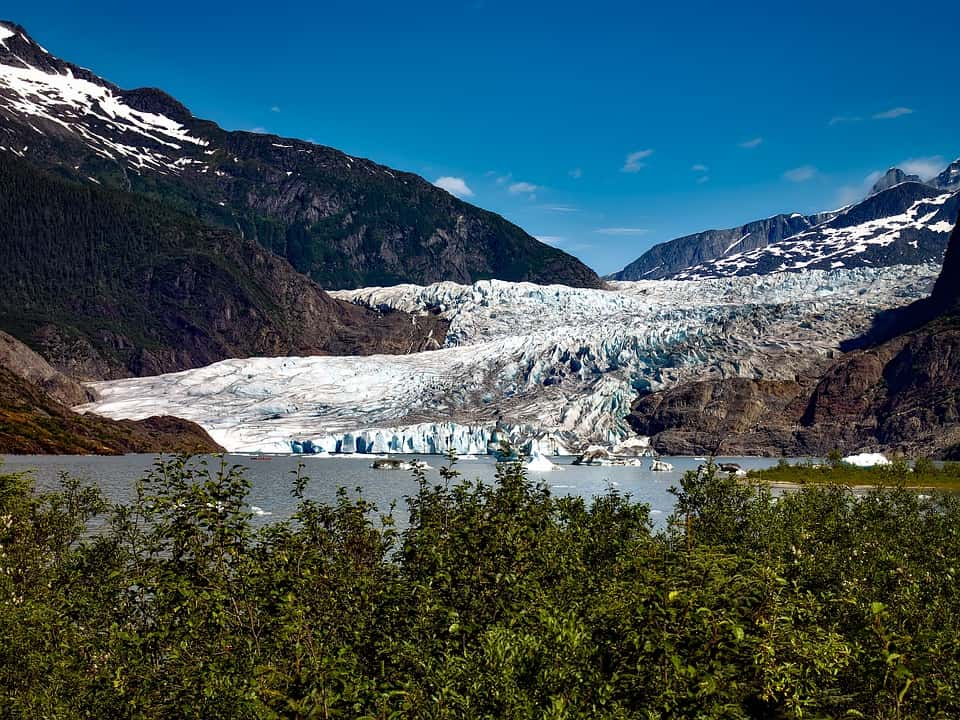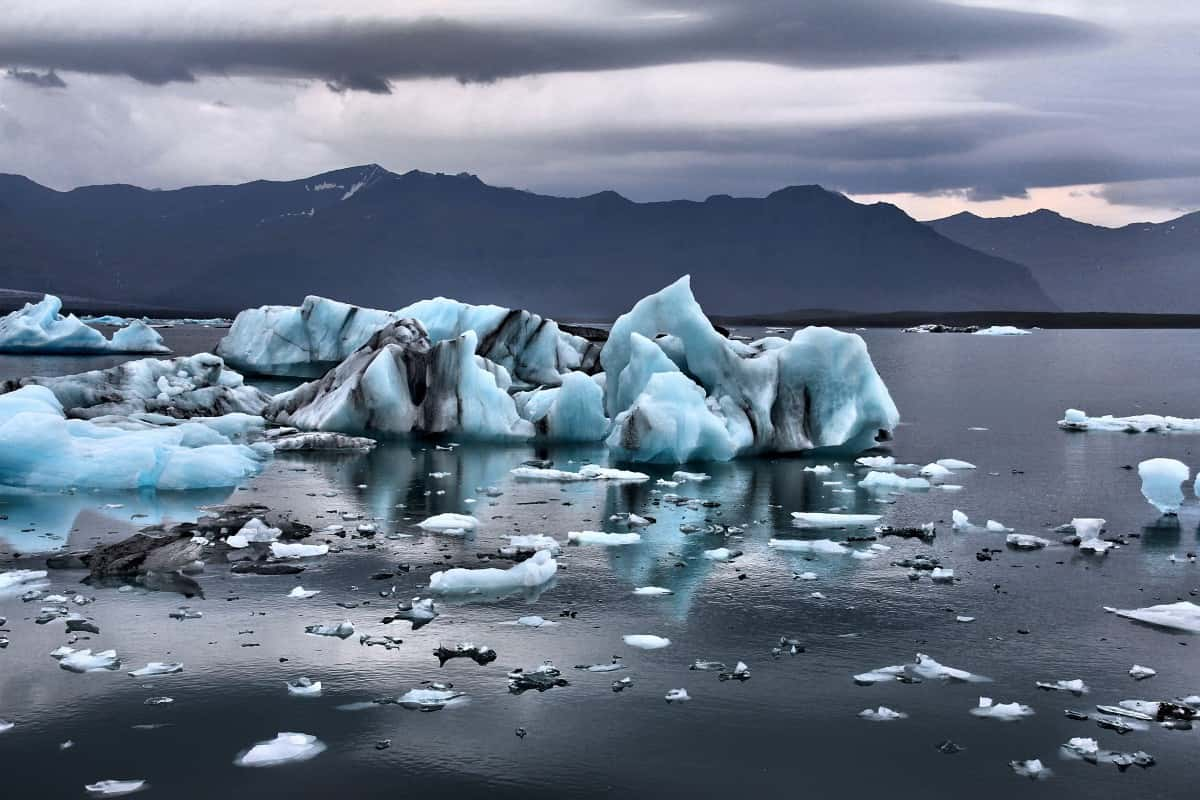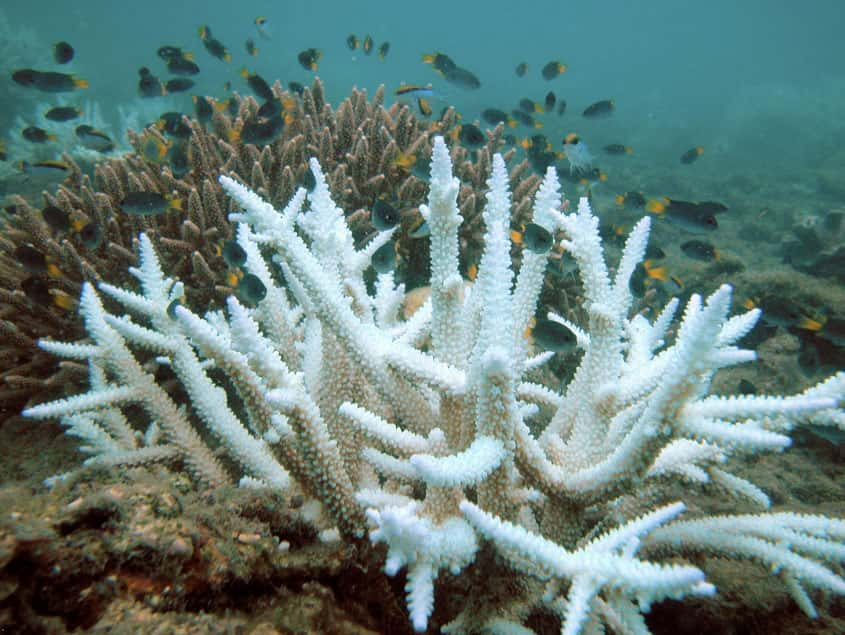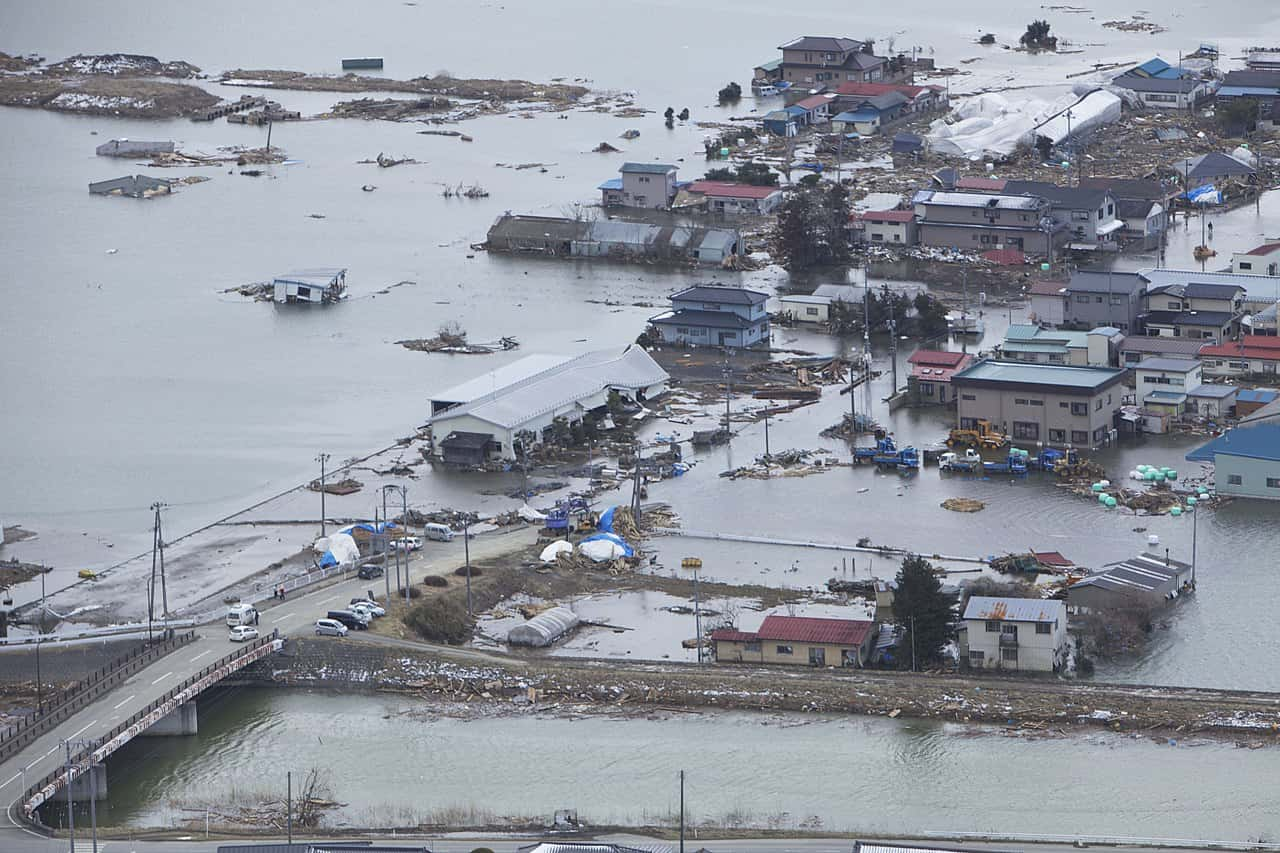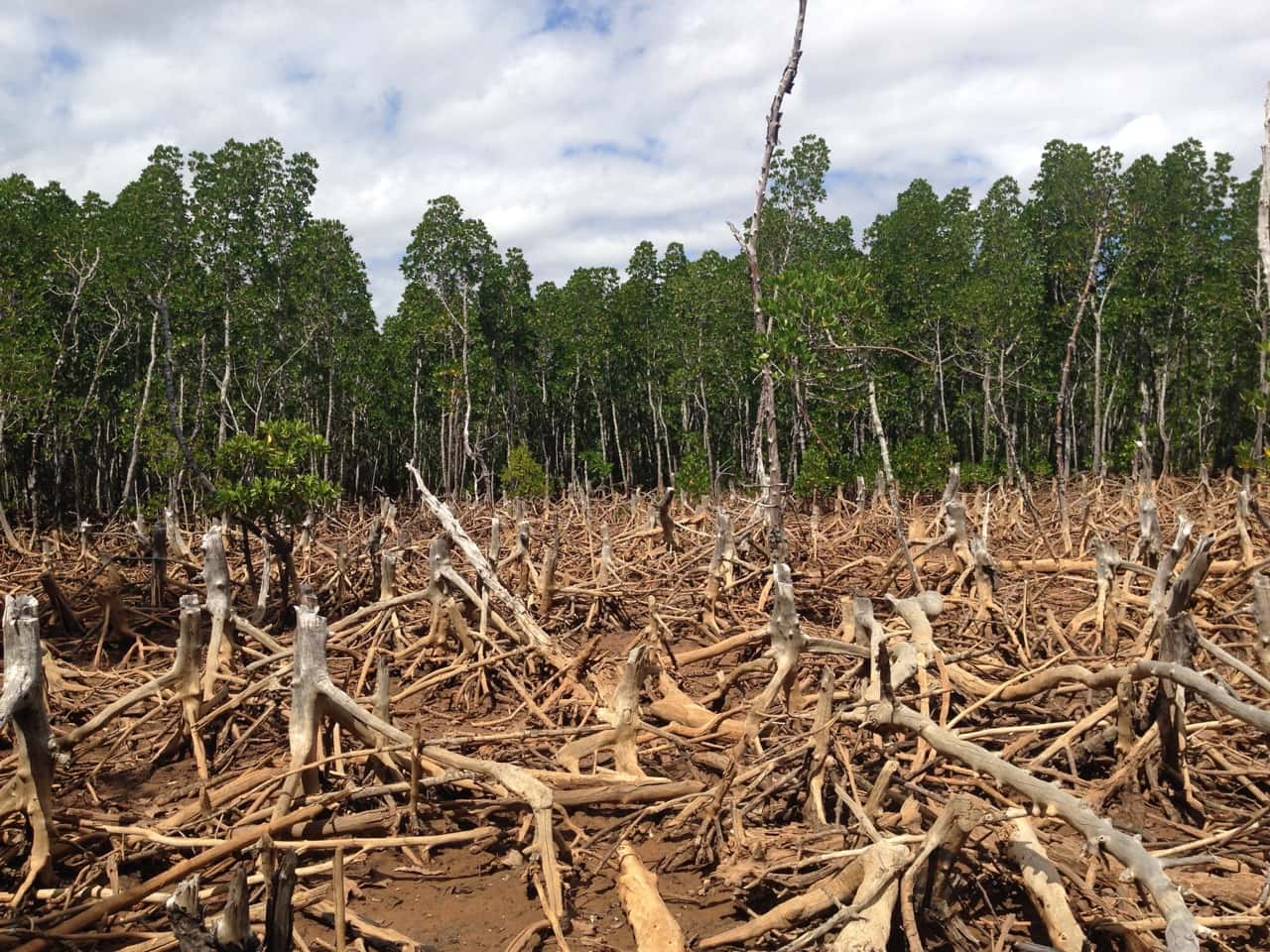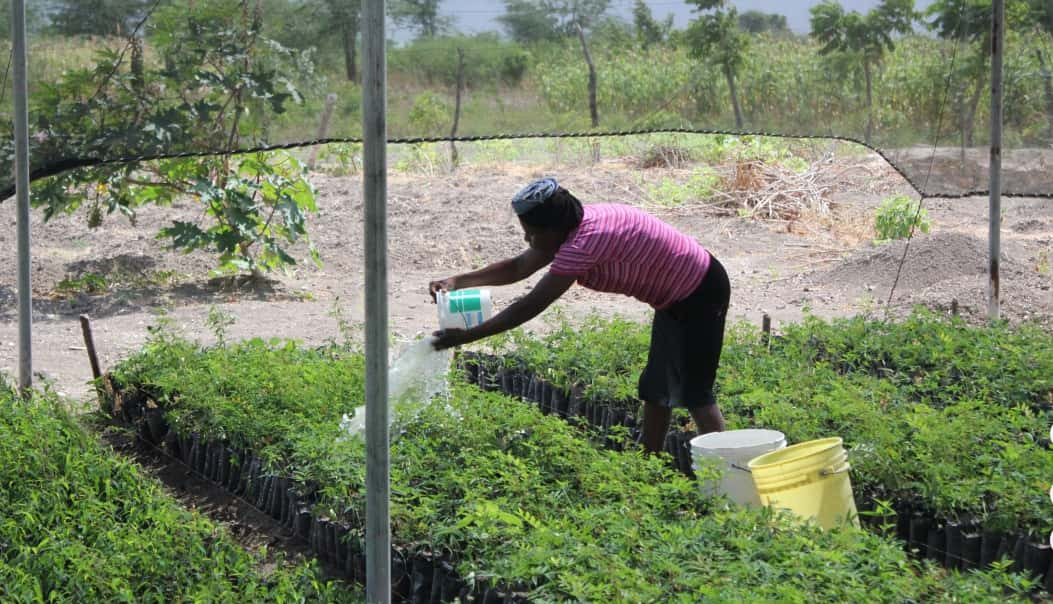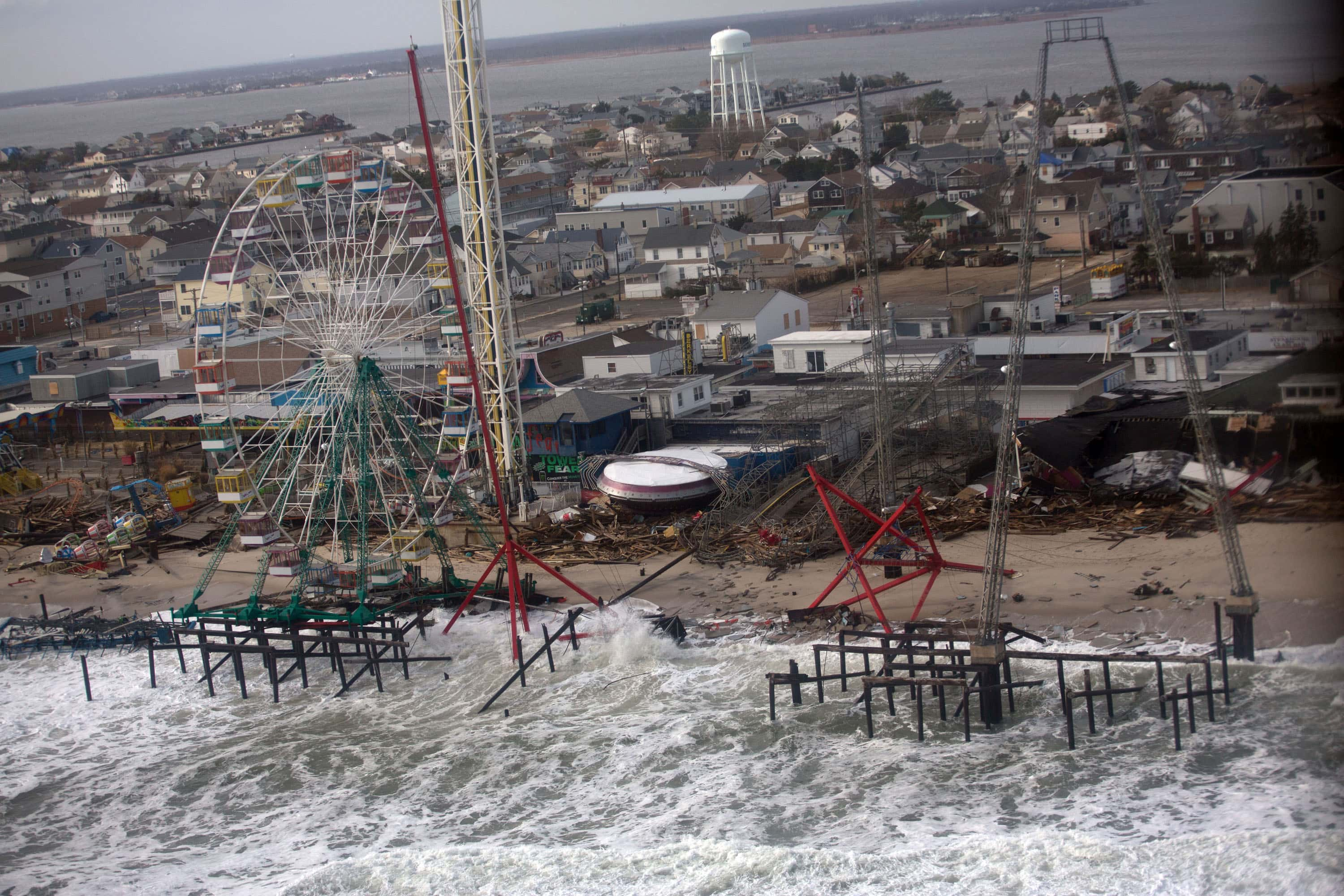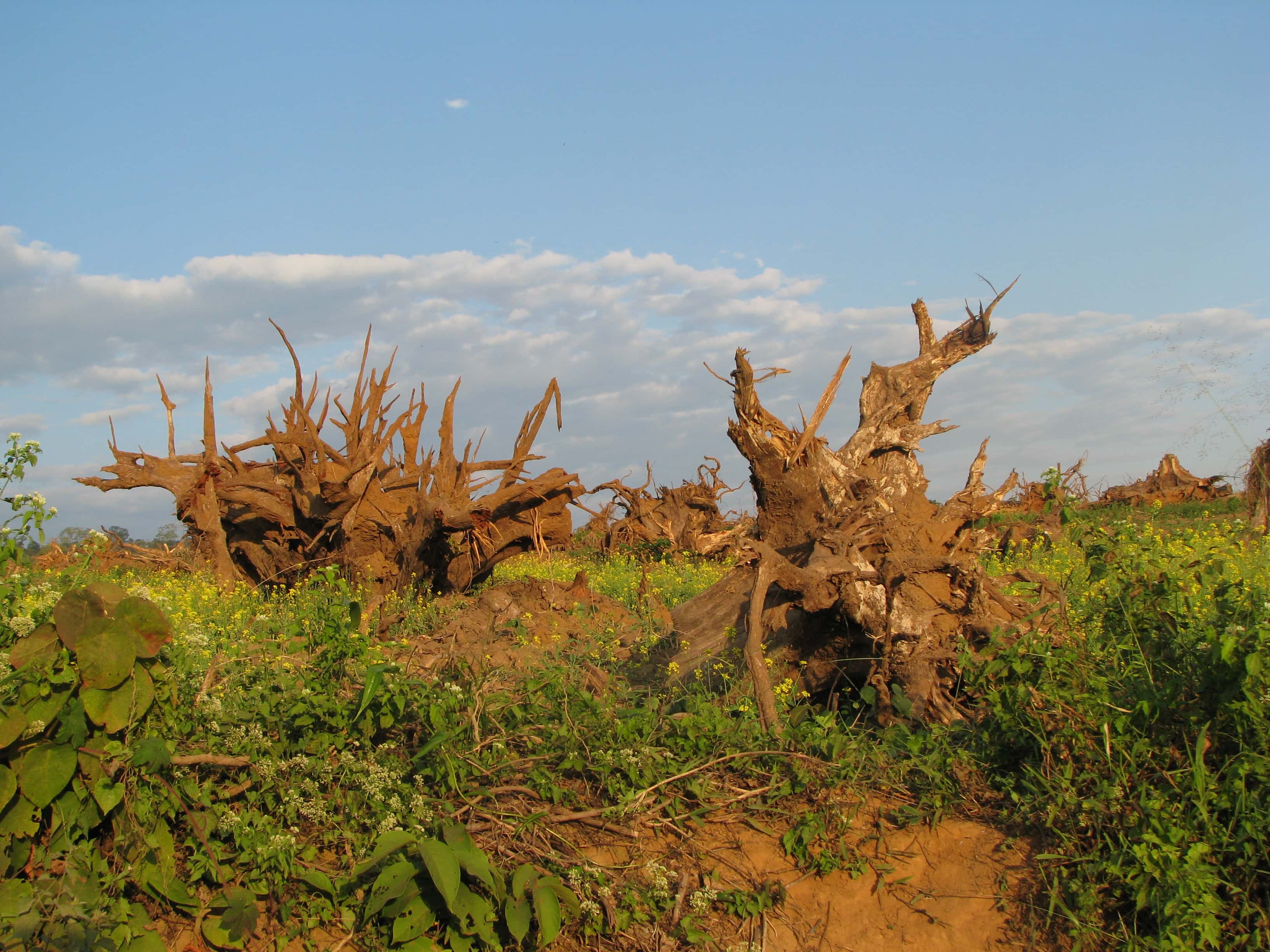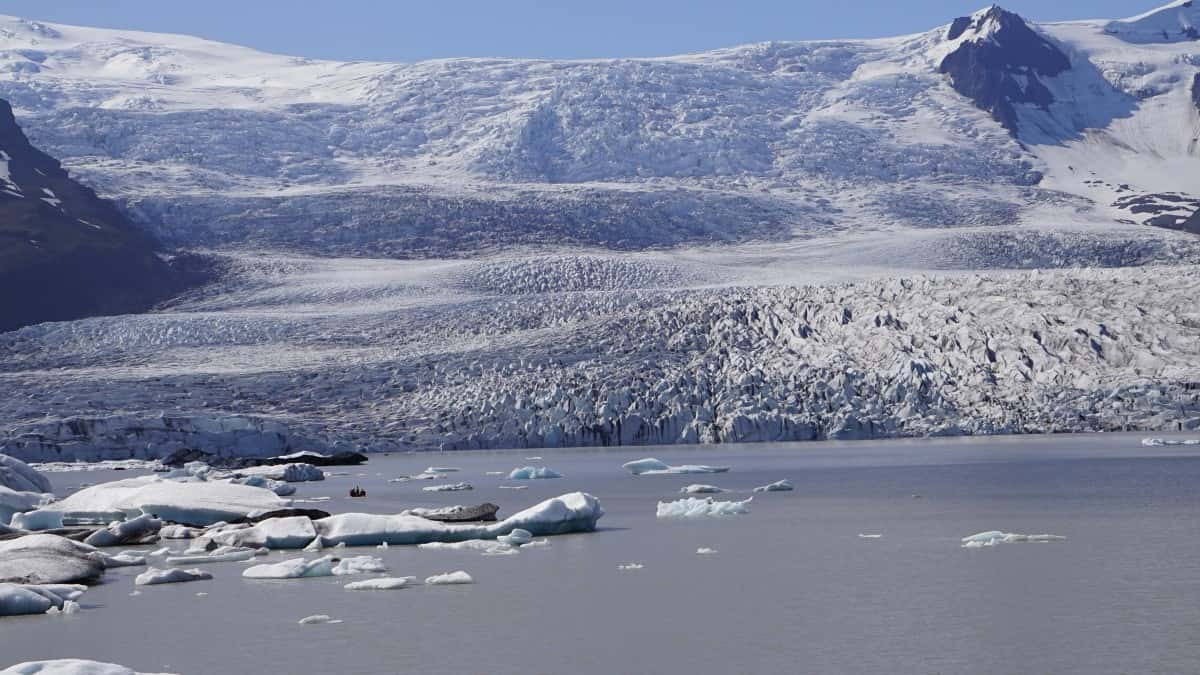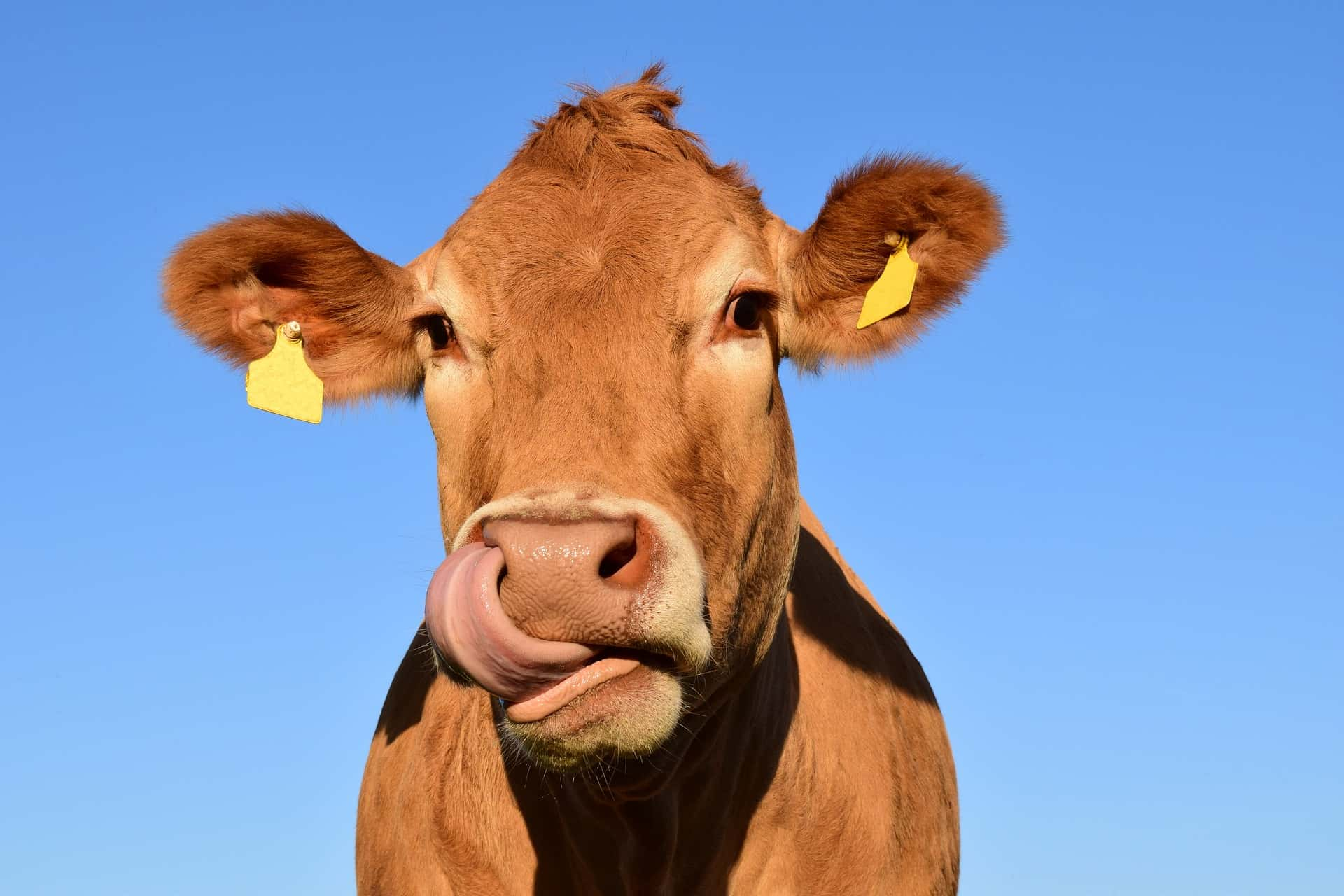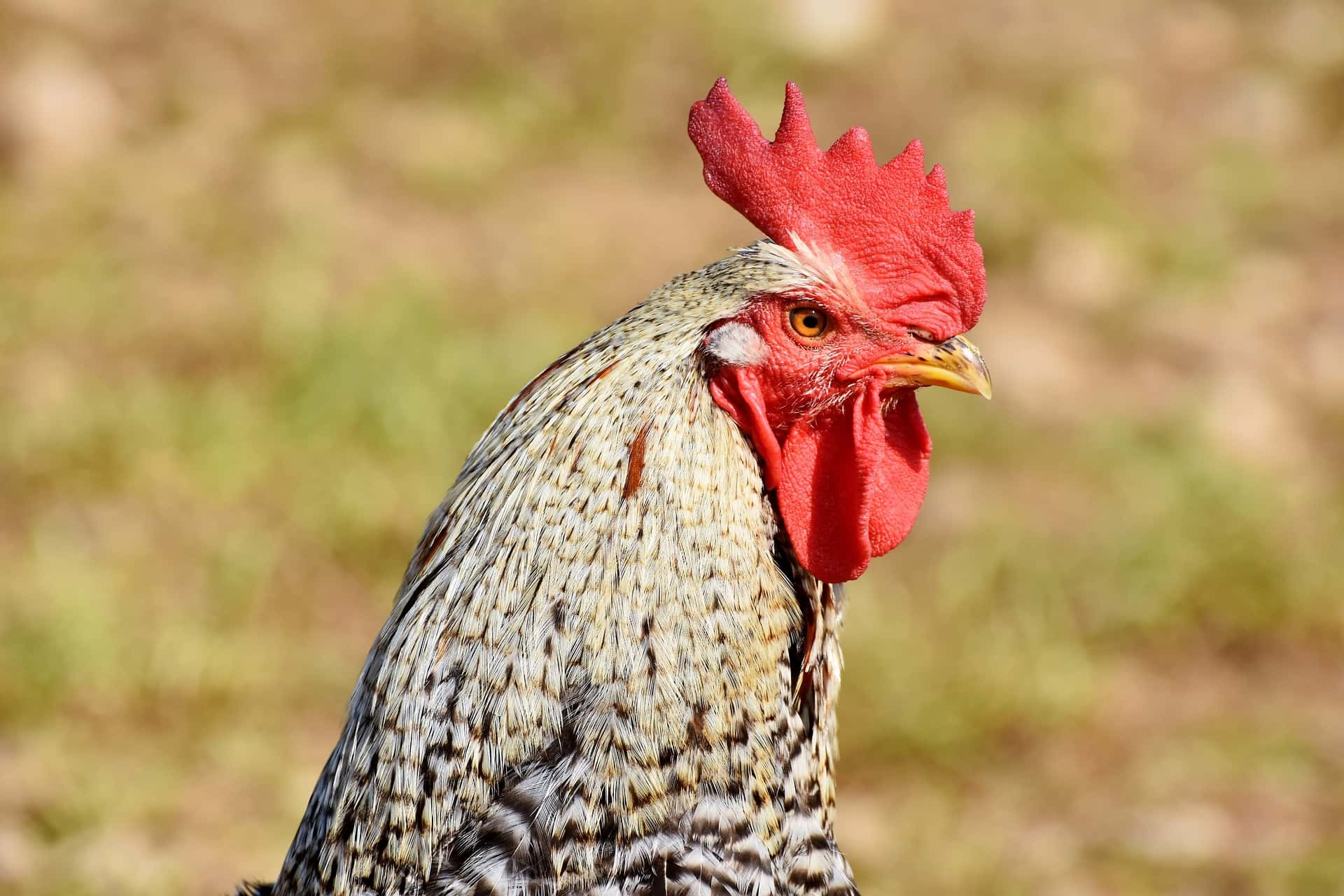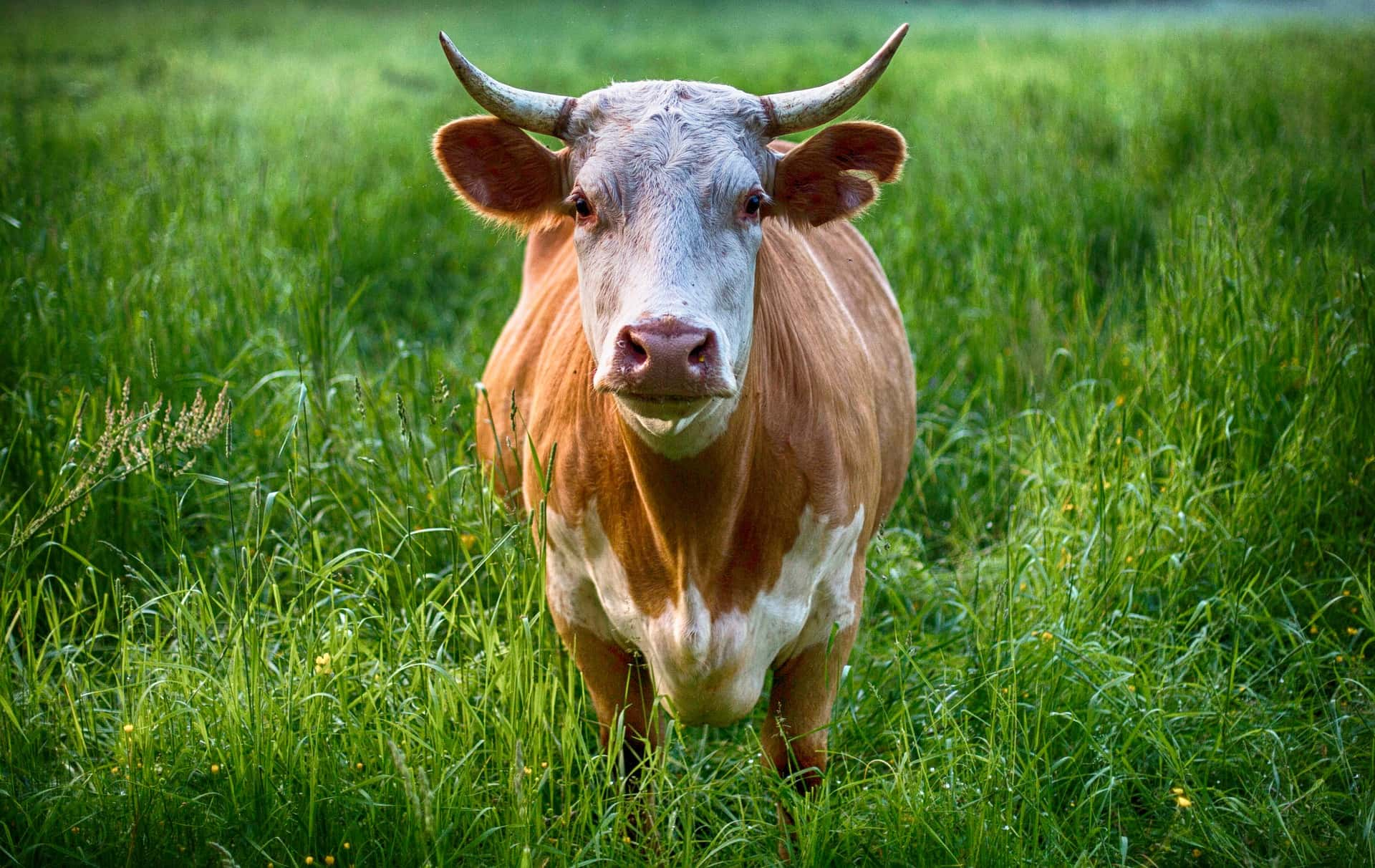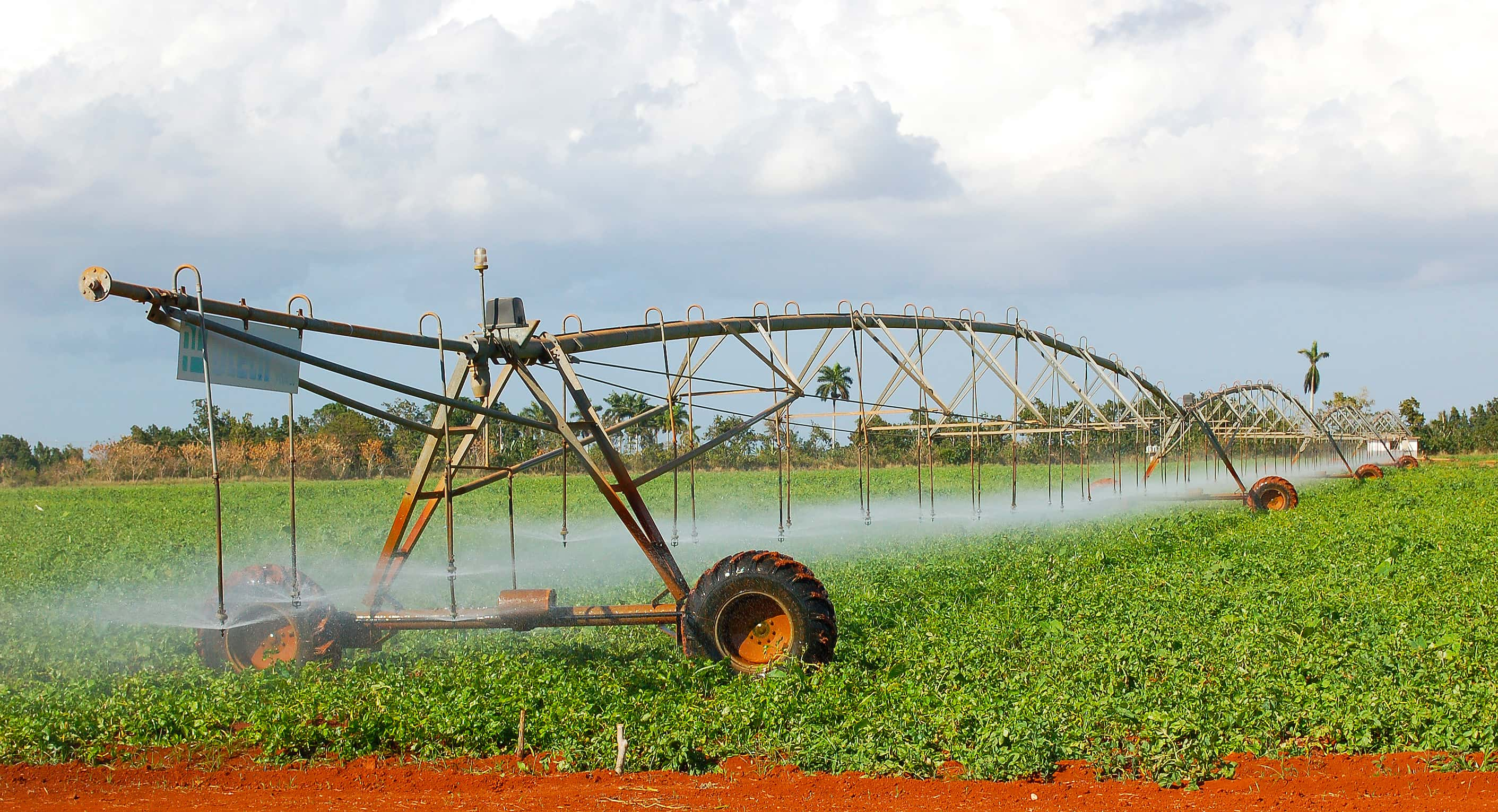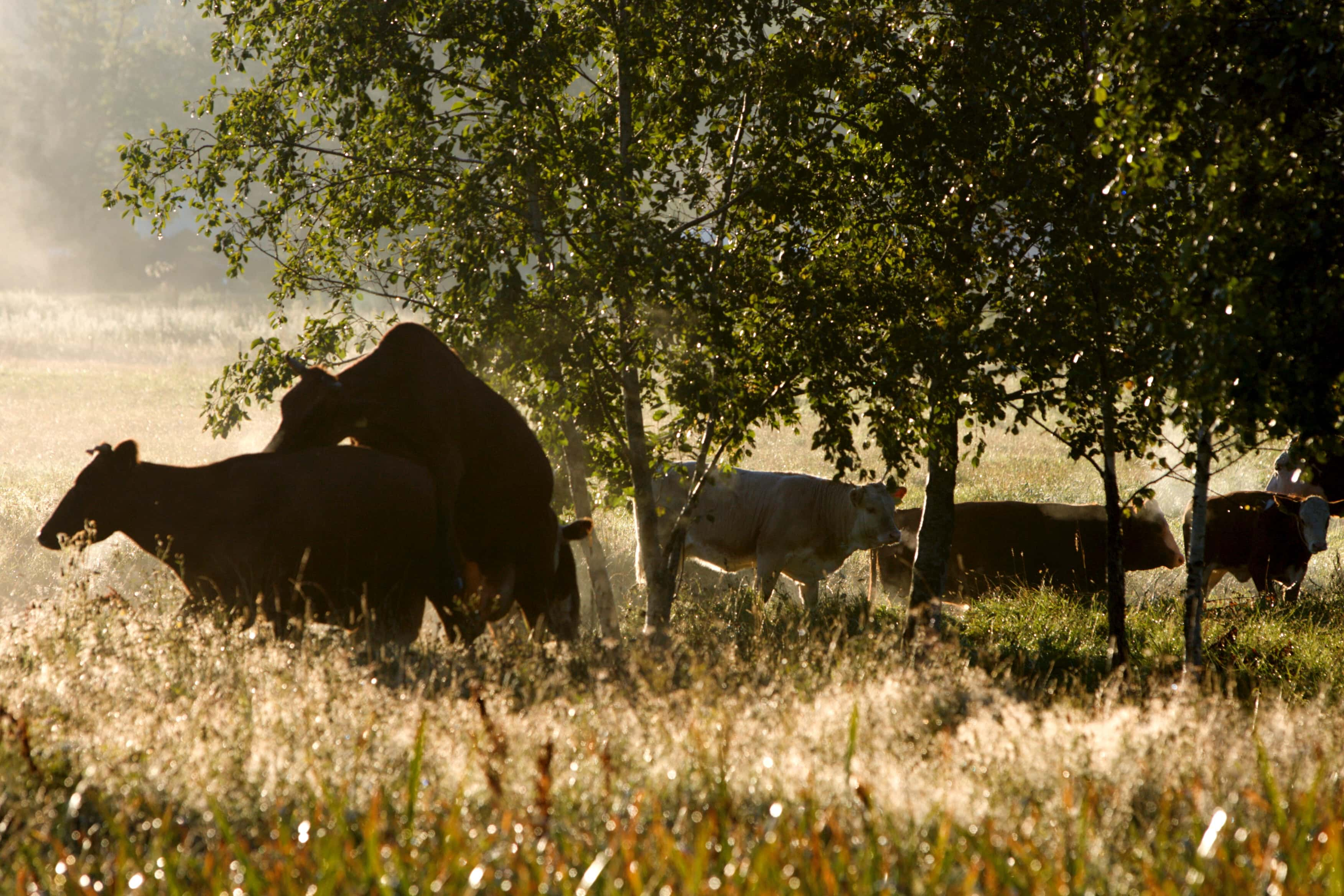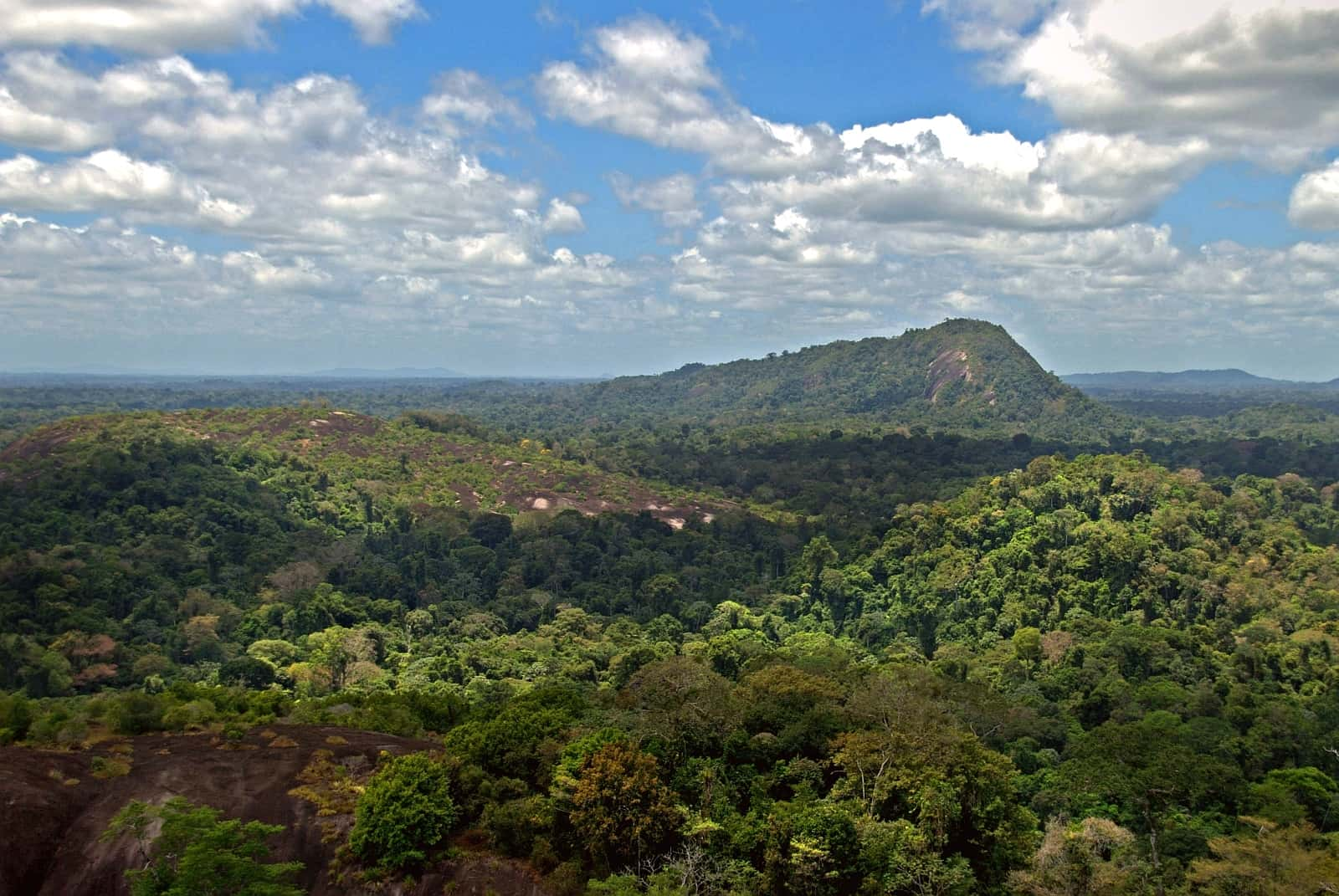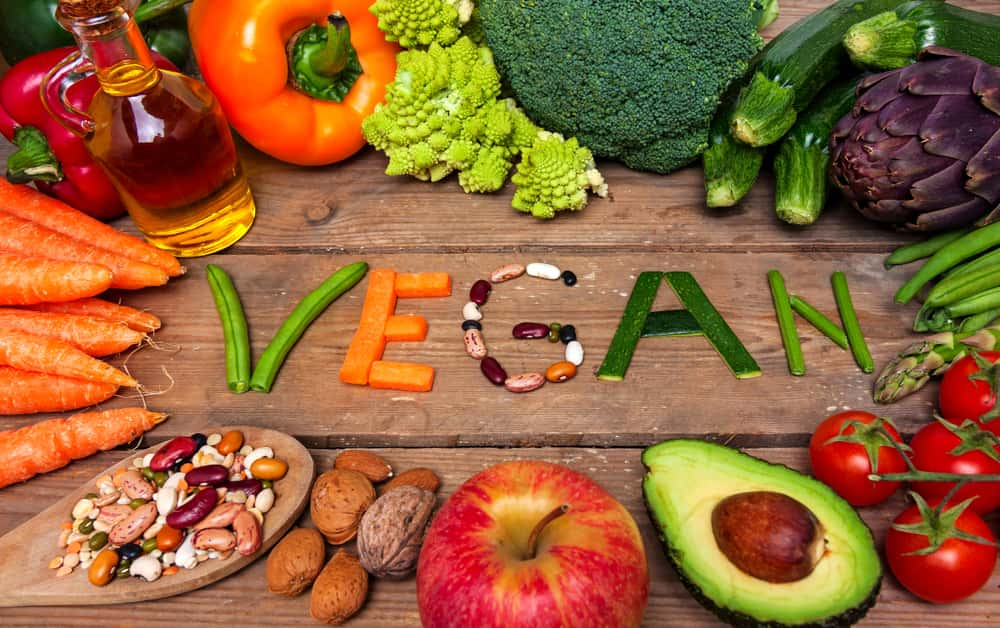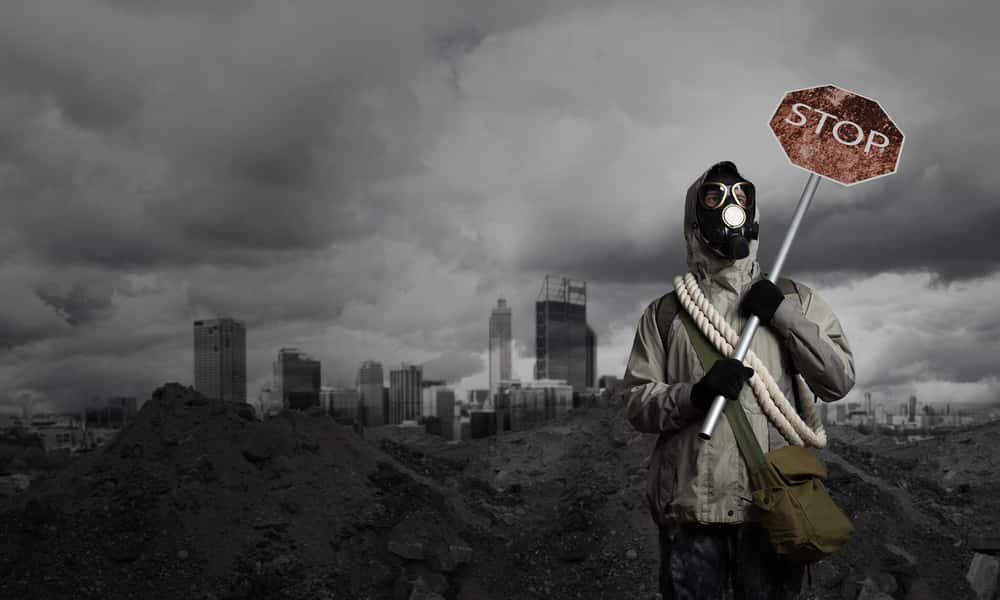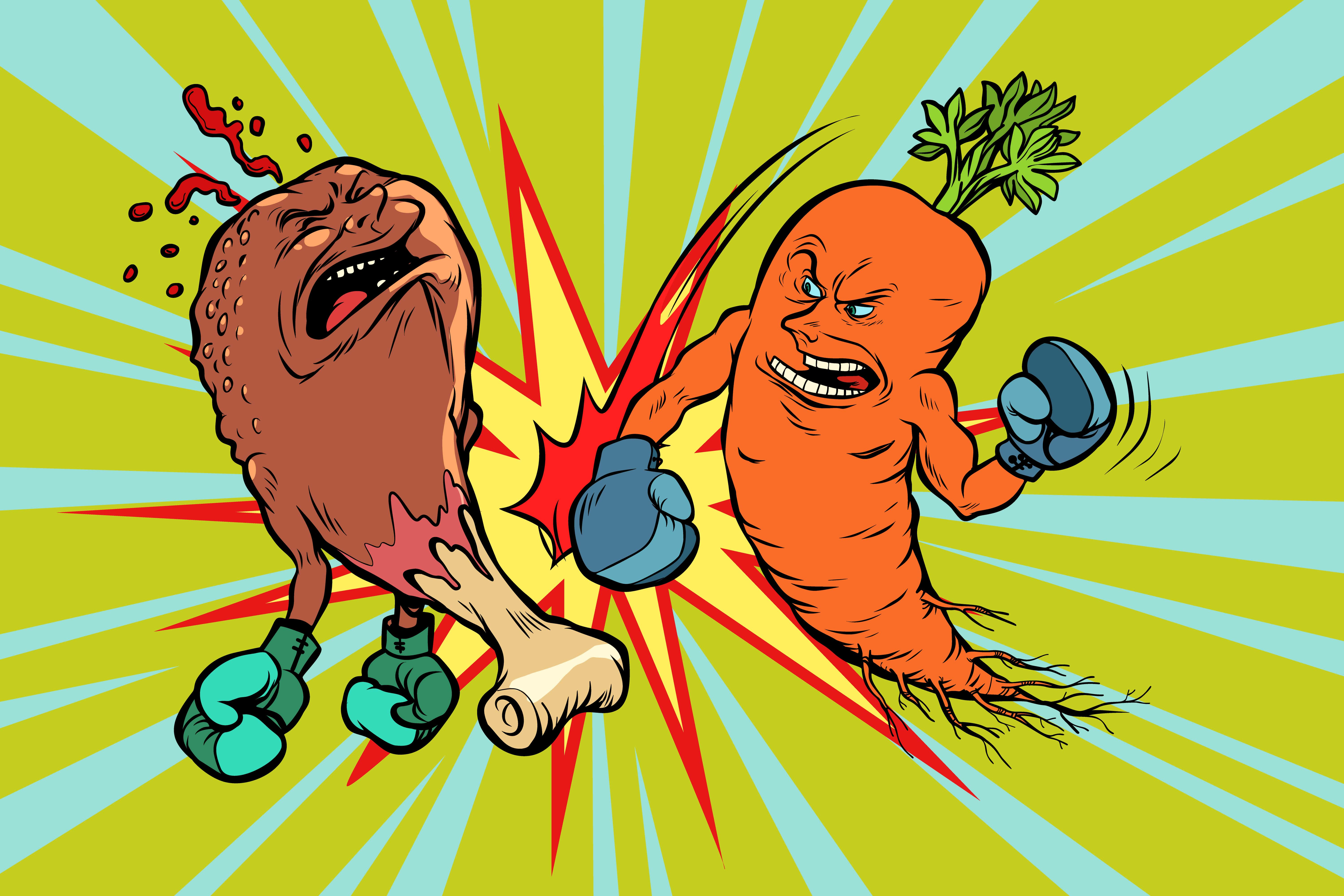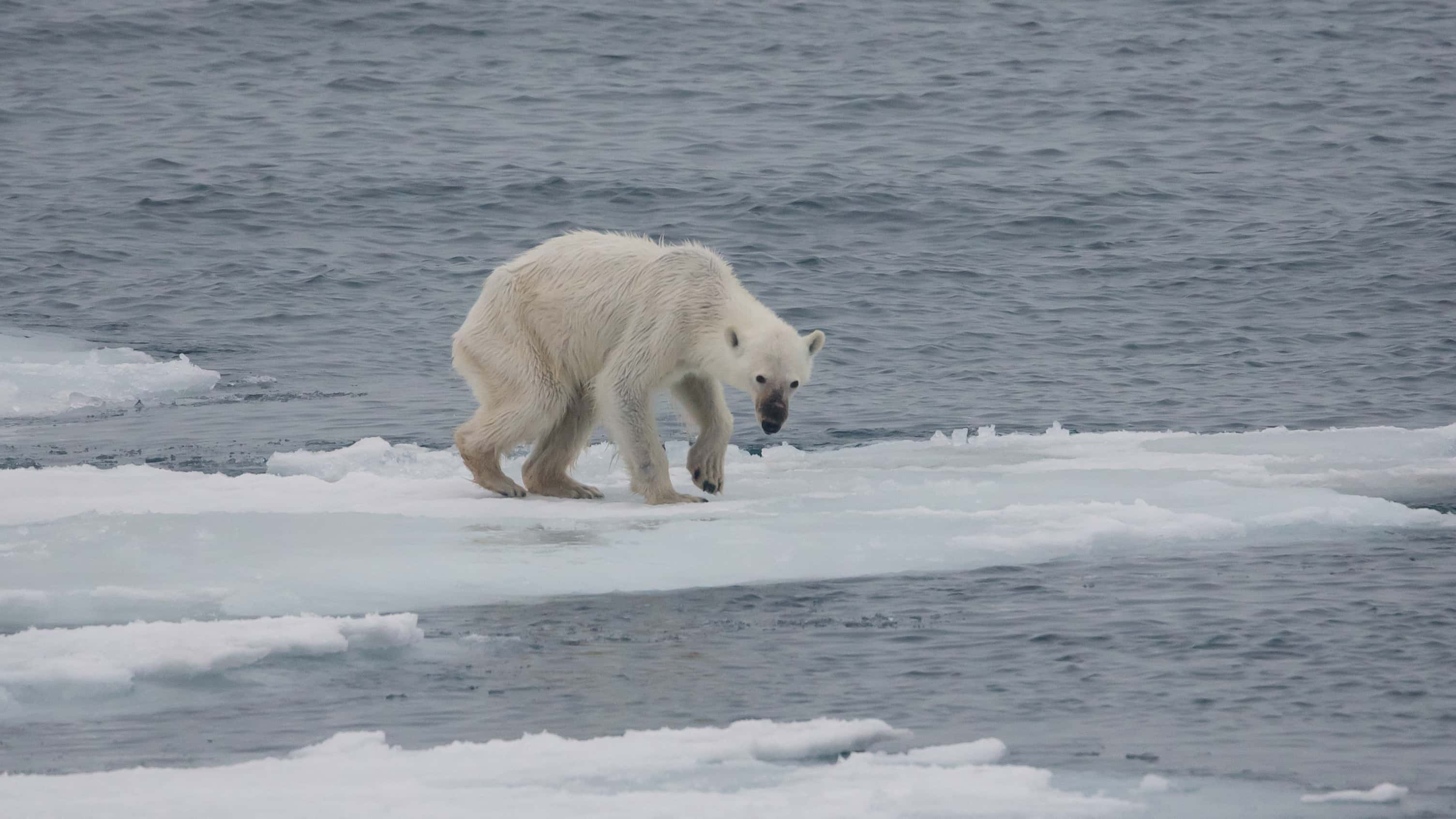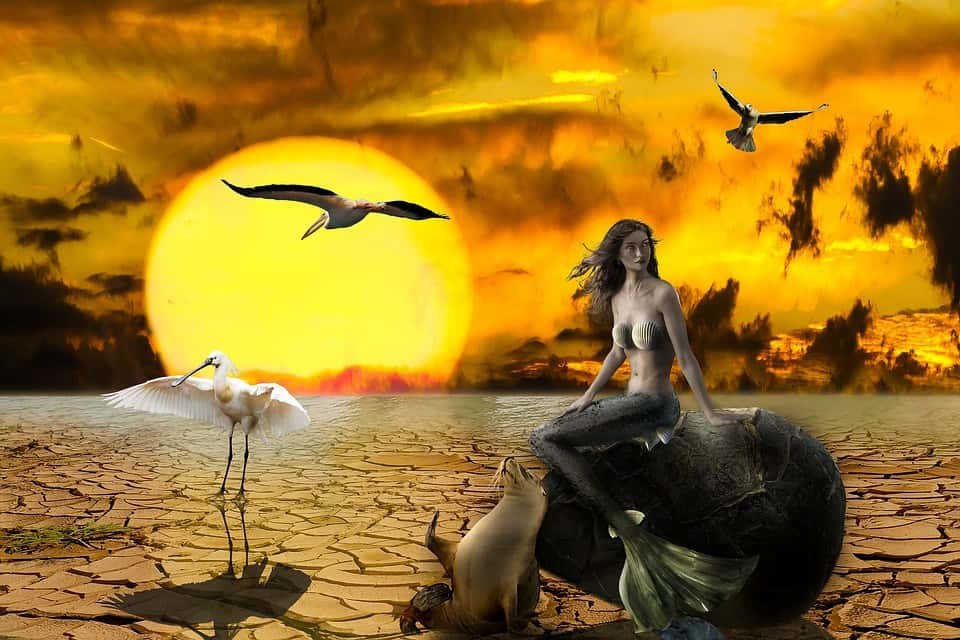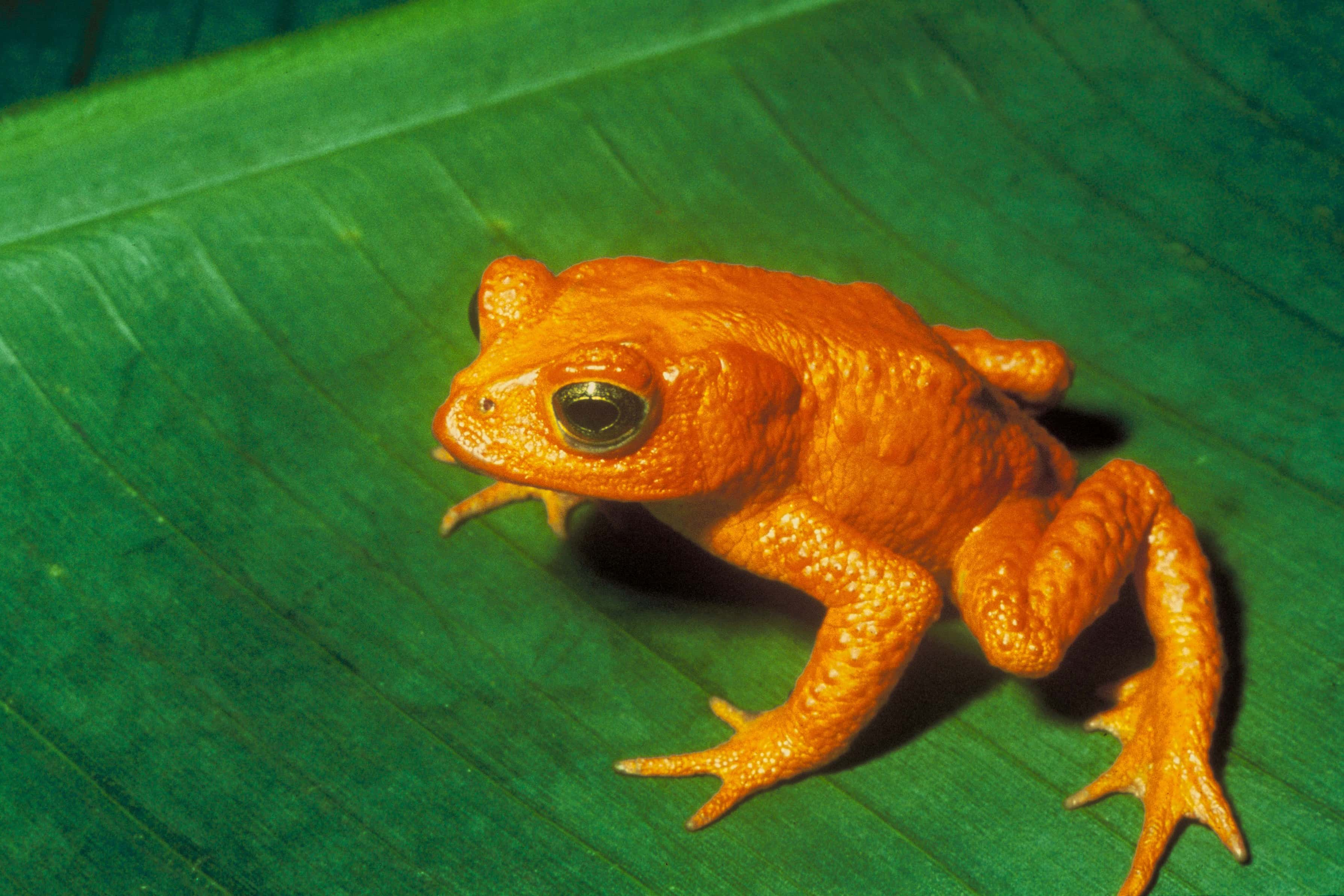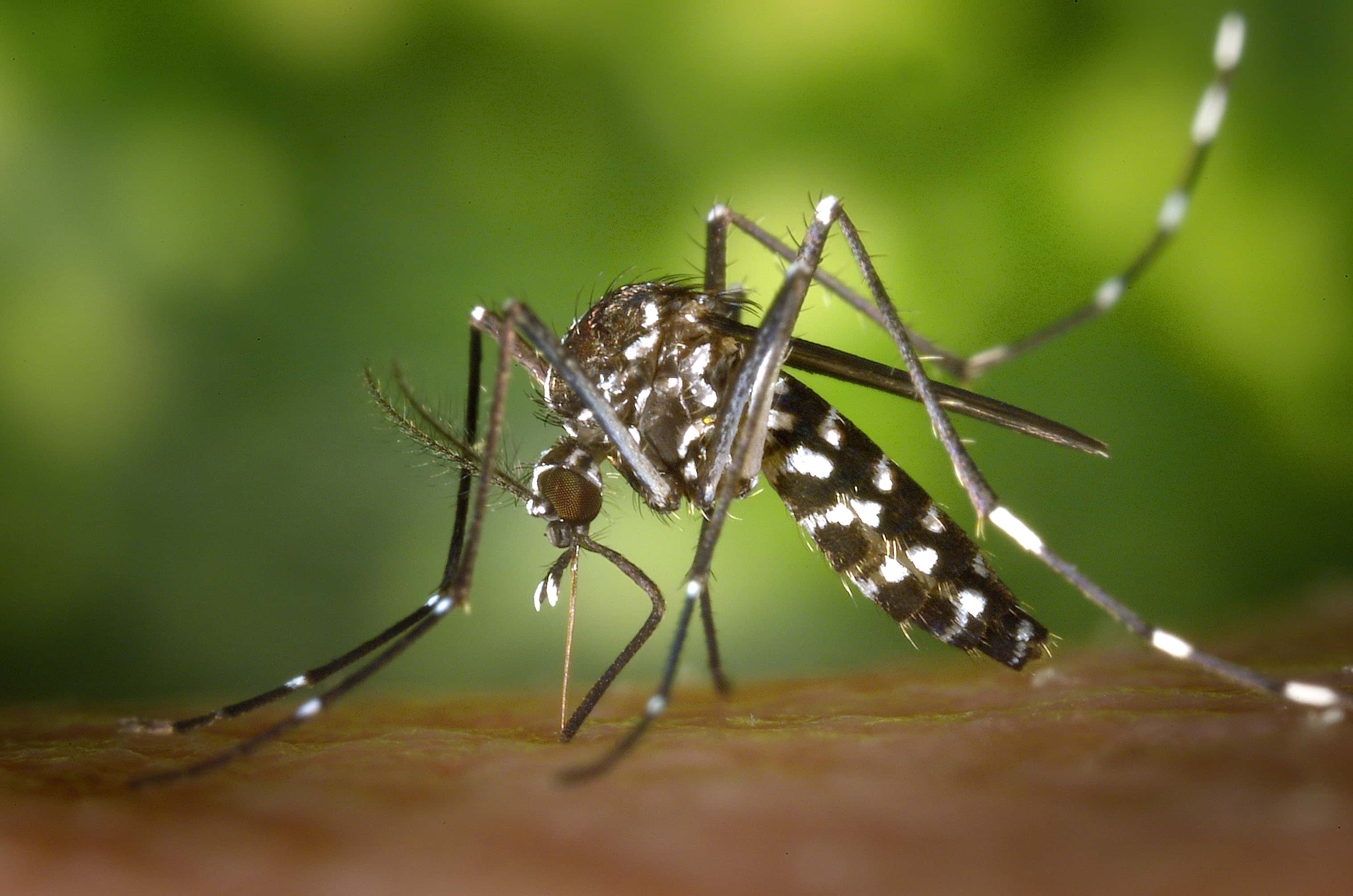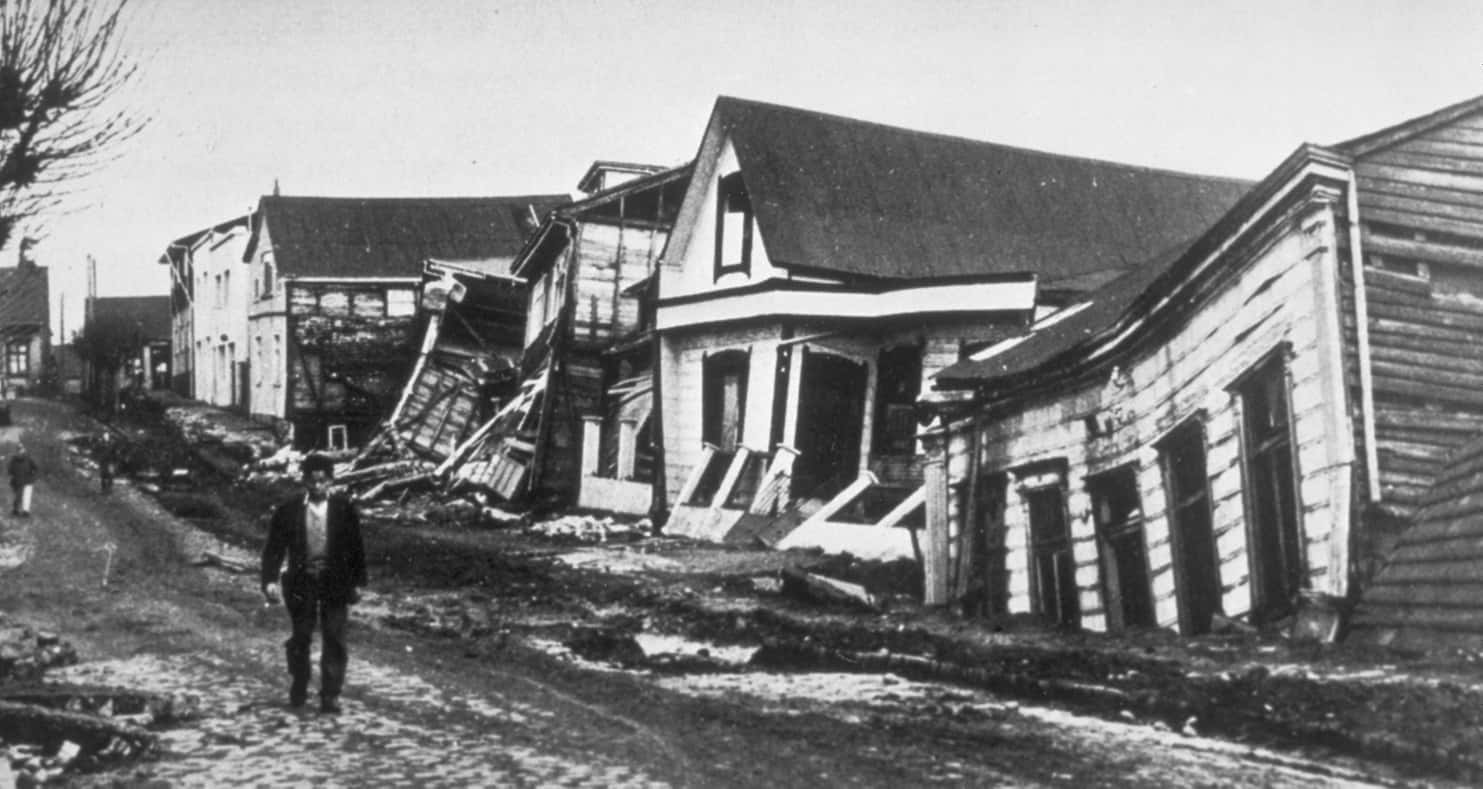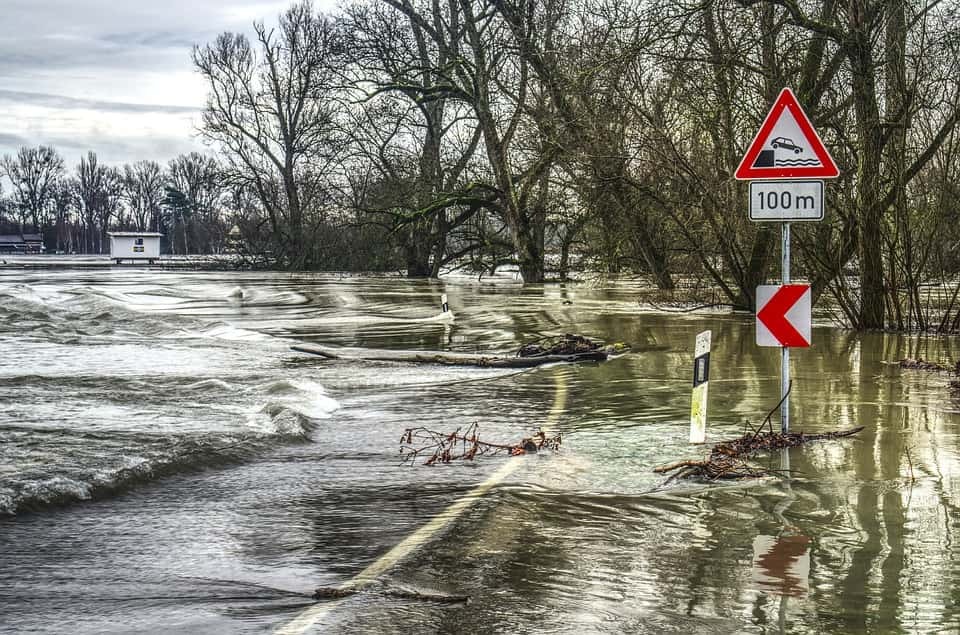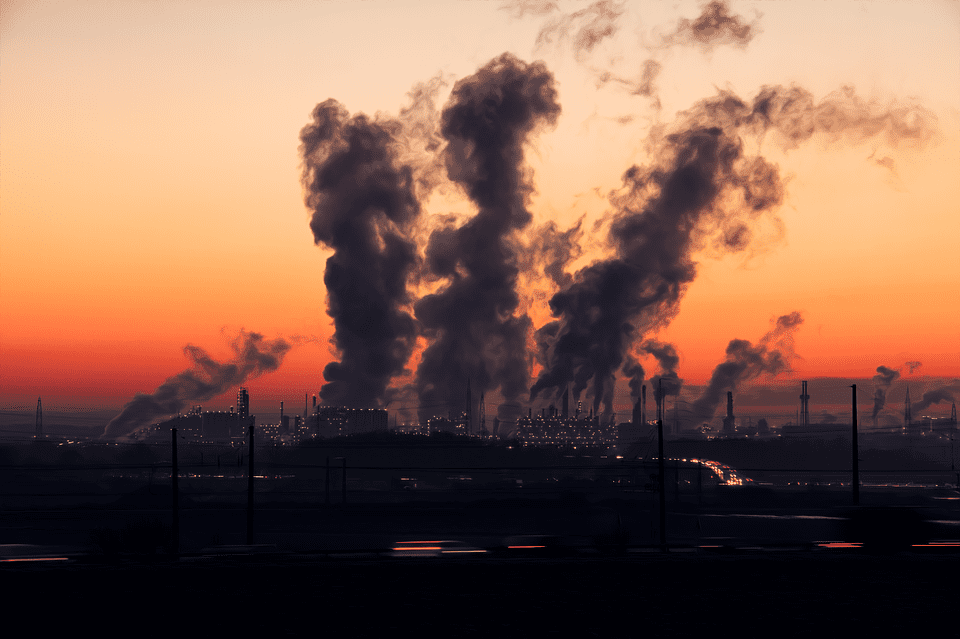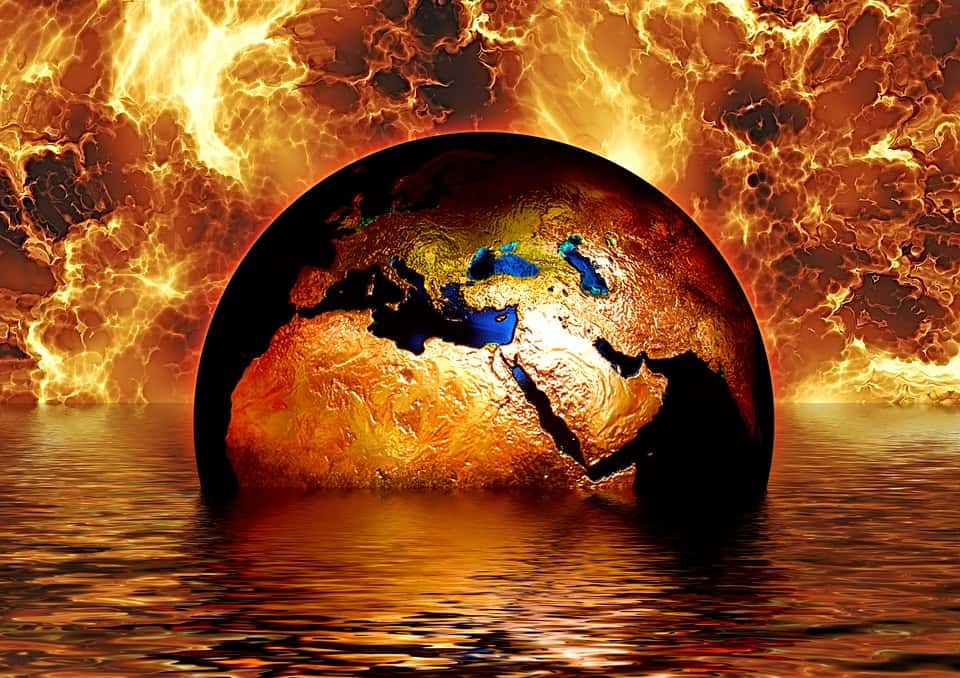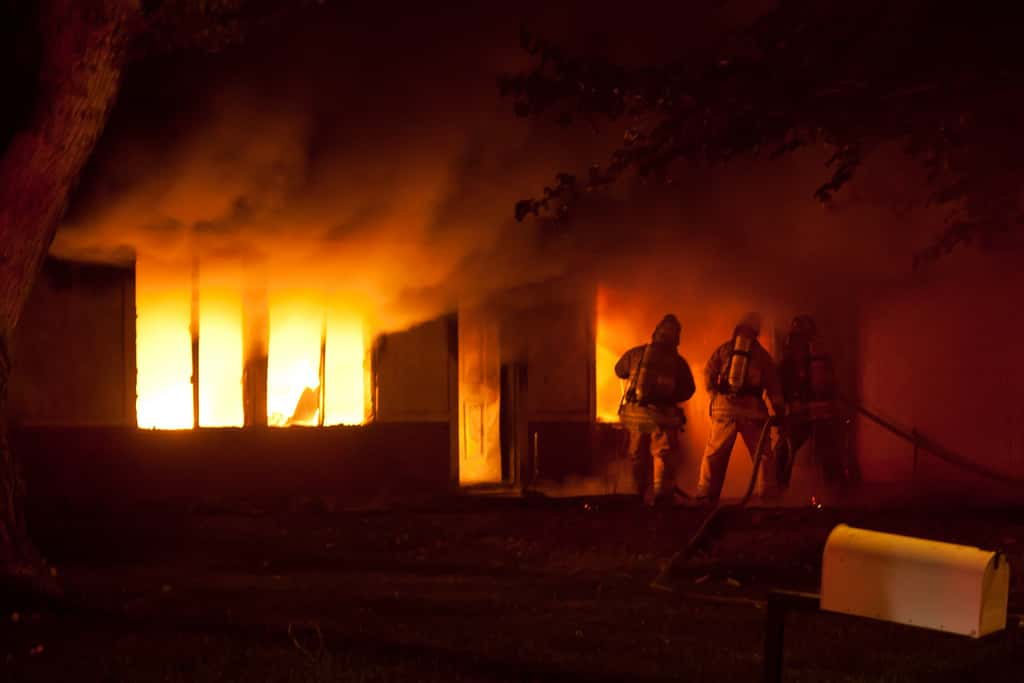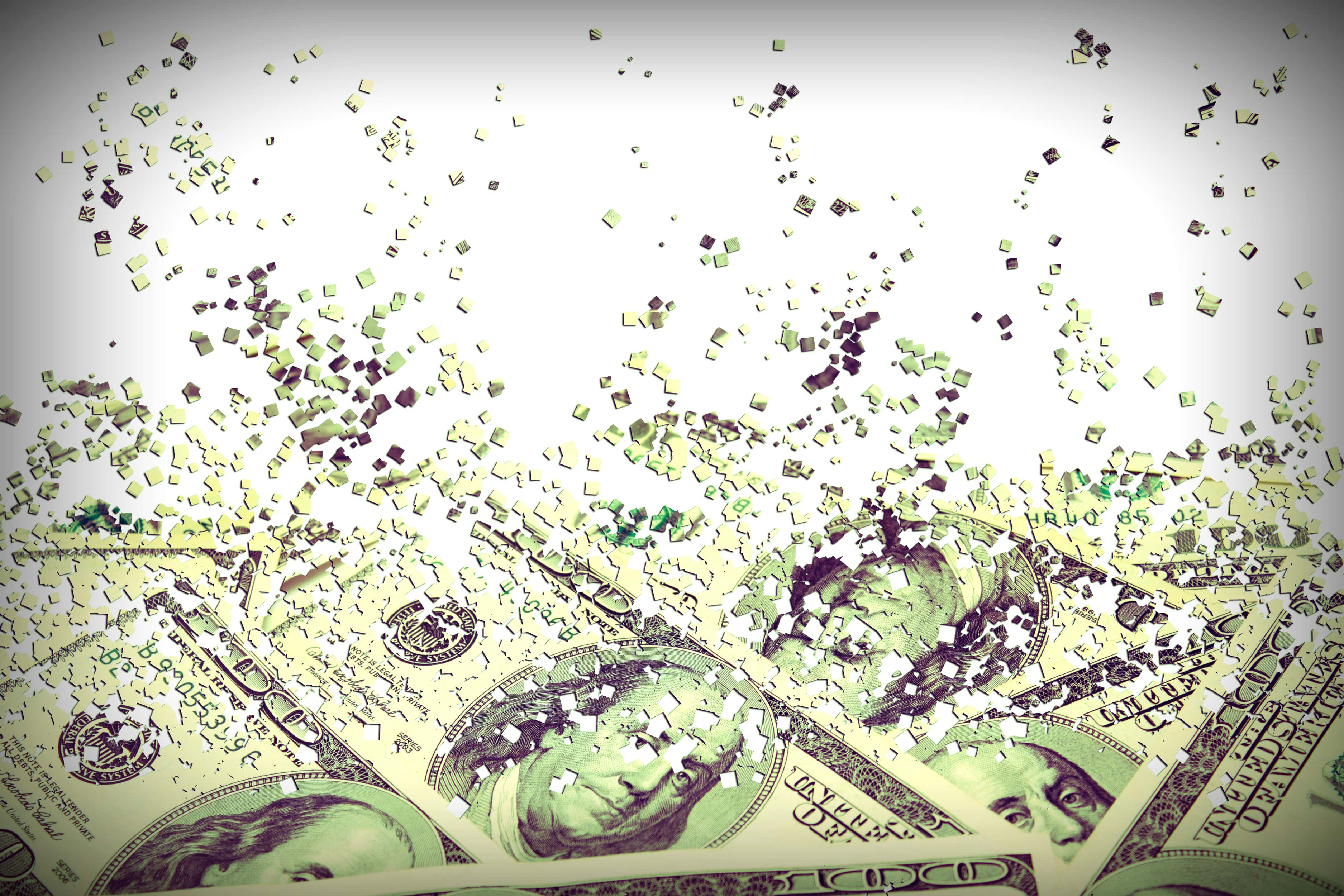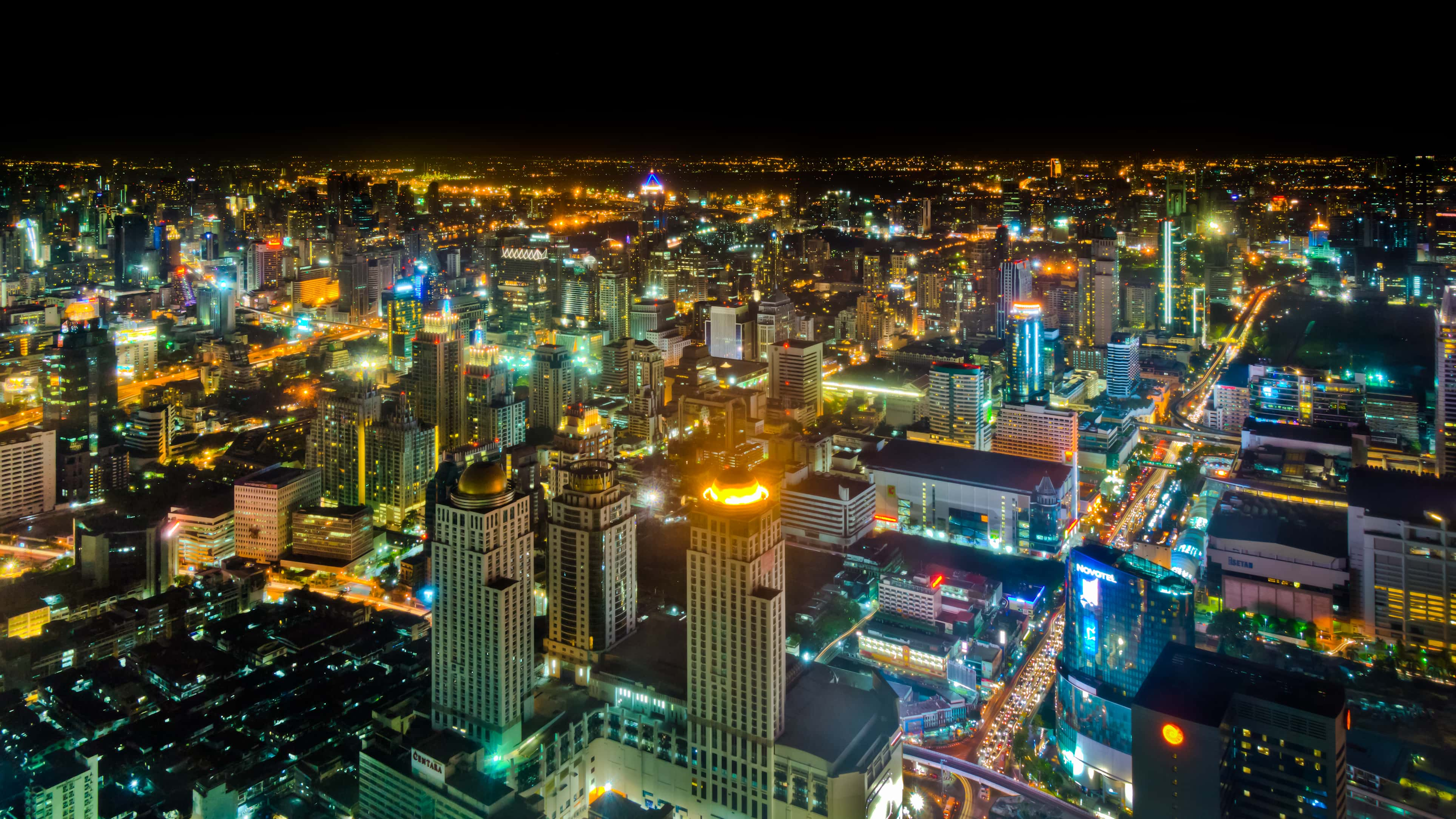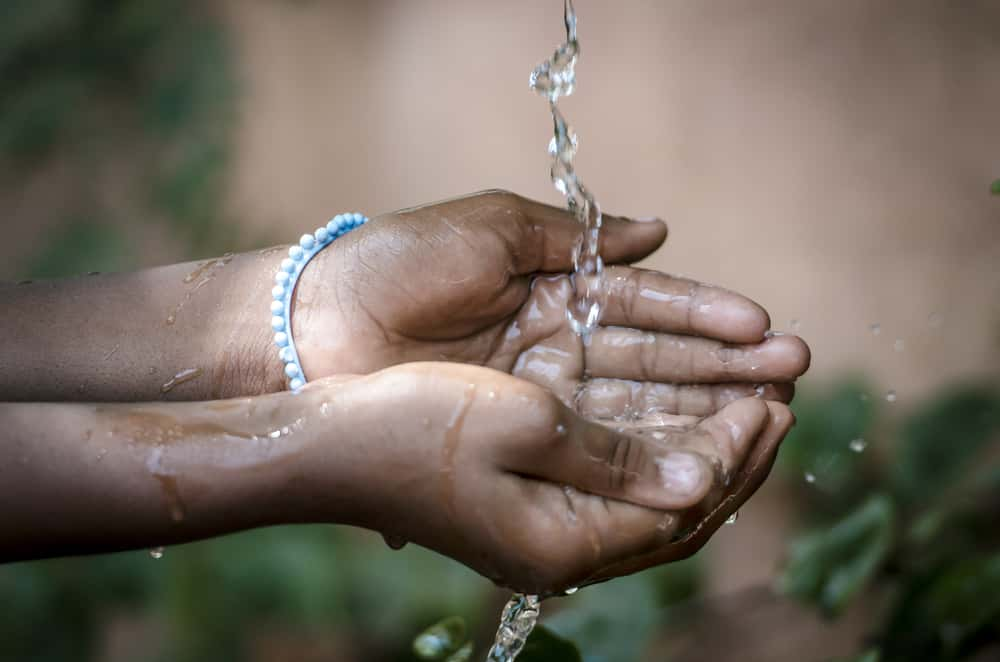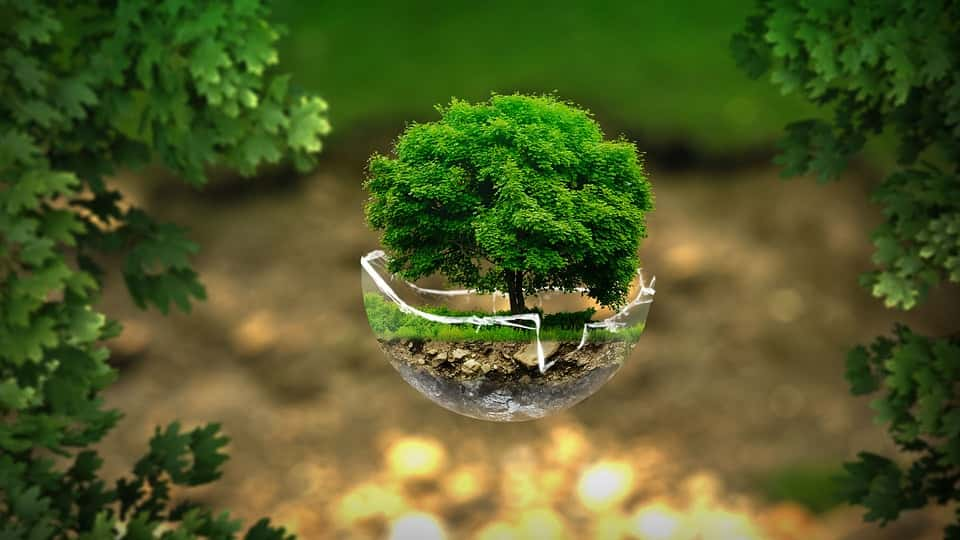0Global Warming, or Climate Change is the change in Earth’s surface temperature. Normally the Earth’s temperature changes on its own, but due to industrialization of the last hundred or so years, human activity has sped up this process, and the results could be catastrophic.
Here are 42 global warming facts you’ll warm up to.
Global Warming Facts
42. Gassy
Global warming is the result of increase in the earth’s average surface temperature due to greenhouse gases like carbon dioxide and methane. These gases are required for the presence of human life on earth. However, global warming is happening due to over-emittance of these gases.
41. Legacy
Emissions like carbon dioxide, nitrous oxide and other greenhouses gases will remain in the atmosphere for many years making it impossible to eliminate global warming for several decades. That’s why it is imperative to begin the work to reduce these emissions now.
40. Water World
According to IPCC 2007 report, sea levels will rise by 7-23 inches by the end of this century due to global warming. This means cities and towns closer to sea level could be partially submerged. Better invest in waterwings now.
39. Is It Getting Hot In Here?
Since 1880, the average temperature has risen by 1.4 degrees Fahrenheit. This coincides with the start of the industrial revolution, and though 1.4 degrees doesn’t seem like much, over centuries those degrees add up.
38. Record Setting
The last two decades of the 20th century have been hottest in the last 400 years, according to climate studies. It’s important to note that this is an overall increase in temperatures, and does not mean cold weather has ceased to exist.
37. Ice Breaker
Antarctica is one of the worst places to be affected by global warming. The continent is made up in large parts by ice, and increasing global temperatures means the continent is shrinking.
36. Great Green North
According to the multinational Arctic Climate Impact Assessment report compiled between 2000 and 2004, the average temperature in Alaska, Western Canada and Russia have risen at twice the global average.
35. Summer Vacay
The Arctic ice is melting rapidly. By 2040 the region is expected to have a completely ice-free summer, or even earlier.
34. Going, Going…
The Montana Glacier National Park has only 25 glaciers instead of 150 that were there in the year 1910. That’s a decrease of 84%.
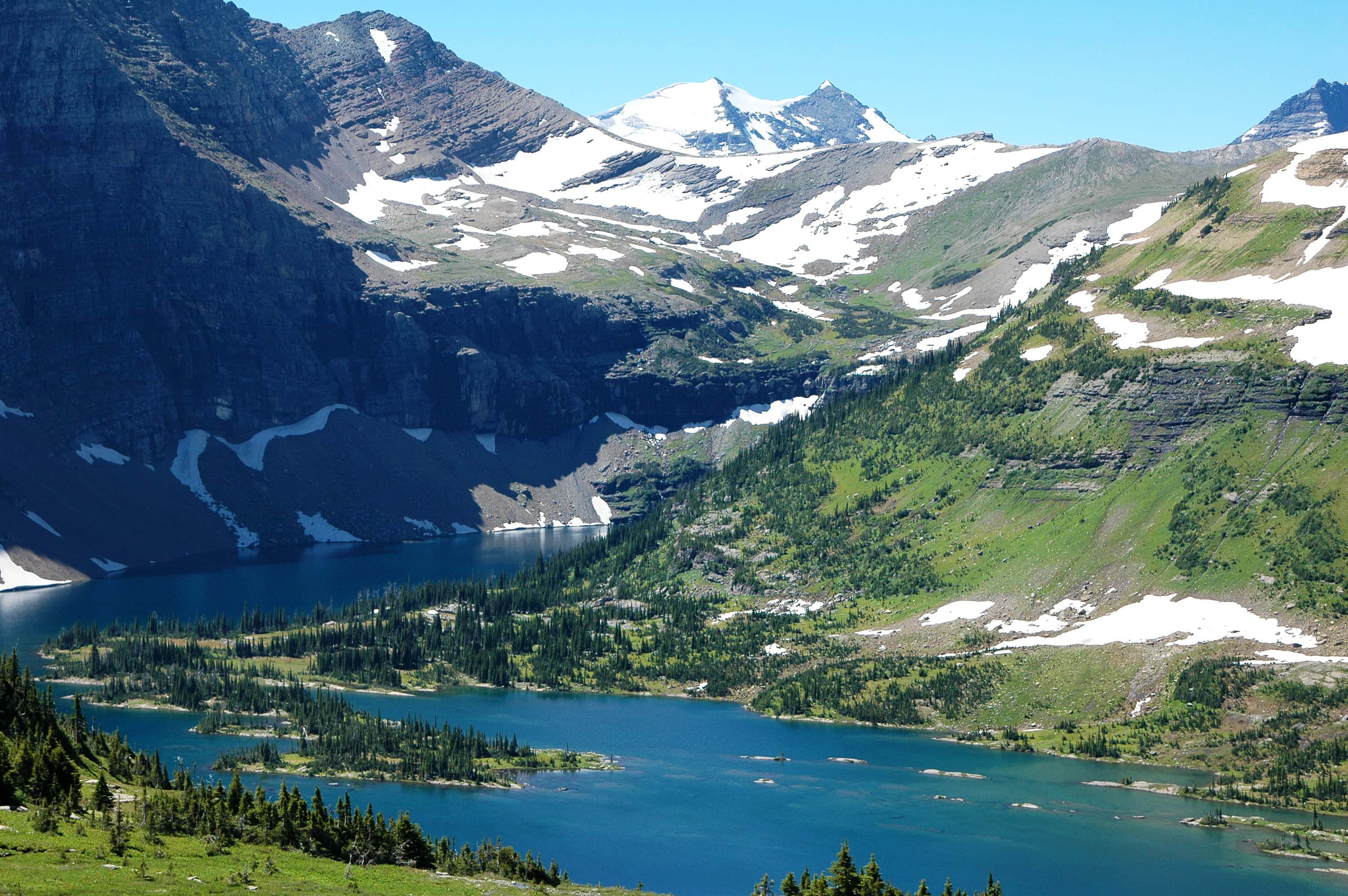 Wikimedia Commons
Wikimedia Commons

Sign up to our newsletter.
History’s most fascinating stories and darkest secrets, delivered to your inbox daily. Making distraction rewarding since 2017.
33. Reefer Madness
Due to global warming and pollution, coral reefs are suffering the worst bleaching with the highest dying record since 1980. The Great Barrier Reef, the largest coral reef in the world has suffered extensive bleaching (what happens when the coral dies), and is almost completely dead as of this year. This is a result of the ocean temperature rising as the planet’s temperature also rises.
32. Danger Zone
Global warming that is causing extreme weather changes has shown it implications in the way of forest fires, heat waves and severe tropical storms throughout the world. Many of the worst natural disasters in the last 17 years have been accredited to global warming, including Hurricane Katrina, and the Tsunami that hit the Philippines and other coastal Asian countries.
31. Breathe It In
There has been a tremendous increase of water vapor, carbon dioxide, methane nitrous oxide and especially greenhouse gases due to polluting substances emitted as a result of industrialization, pollution, deforestation.
30. Slow Down
Humans are emitting more carbon dioxide in the atmosphere, faster than the absorbing rates of plants and the oceans. To counteract this, humans need to slow down the rate at which these emissions are expelled while simultaneously working to replenish the oceans and forests.
29. Rising Tides
Sea levels have risen about 7 inches in the in the last 100 years, which is more than the previous 2000 years combined. The rising sea levels due to global warming could threaten the lives of people living along the coastal areas.
28. Going, Going… Part II
More than 1 million species have become extinct due to disappearing habitats, ecosystems acidic oceans all caused due to global warming, and many more are endangered. The rate of species going extinct is roughly 1,000 times higher than natural background rates.
27. On Ice
Global warming will completely alter the ocean’s conveyor belt, which will cause a mini ice age in Europe.
26. Don’t Have A Cow, Man
Animal agriculture is responsible for 18 percent of greenhouse gas emissions, more than the combined exhaust from all transportation. Livestock and their byproducts account for at least 32,000 million tons of carbon dioxide (CO2) per year, and 51% of all worldwide greenhouse gas emissions.
25. Breathe It In Part II
Livestock is responsible for 65% of all human-related emissions of nitrous oxide – a greenhouse gas with 296 times the global warming potential of carbon dioxide, and which stays in the atmosphere for 150 years. Who doesn’t want to be a part of that legacy?
24. Unsustainable
Emissions for animal agriculture are projected to increase 80% by 2050. Energy related emissions are expected to increase 20% by 2040 because of animal agriculture. Even without fossil fuels, we will exceed our 565 gigatonnes CO2e limit by 2030, all from raising animals. Luckily, there’s evidence that reducing methane emissions would create tangible benefits almost immediately.
23. Thirsty
Fresh water is disappearing at an alarming rate. Animal agriculture water consumption ranges from 34-76 trillion gallons annually, that’s 80% to 90% of the US’ total water consumption. Animal Agriculture is responsible for 20%-33% of all freshwater consumption in the world.
22. Number One
Animal agriculture is the leading cause of species extinction, ocean dead zones, water pollution, and habitat destruction. Livestock operations on land have created more than 500 nitrogen flooded dead zones around the world in our oceans.
21. For A Rainy Day
The leading cause of rainforest destruction are… you guessed it, livestock and feedcrops. 1-2 acres of rainforest are cleared every second. Animal agriculture is responsible for up to 91% of Amazon destruction.
20. Big Fish
Though Americans make up just 4 percent of the world's population, we produce 25 percent of the carbon dioxide pollution from fossil-fuel burning -- by far the largest share of any country. Yikes.
19. Good News
A person who follows a plant-based diet produces the equivalent of 50% less carbon dioxide, uses 1/11th oil, 1/13th water, and 1/18th land compared to a meat-eater. Even better, each day, a person who eats a plant based diet saves 1,100 gallons of water, 45 pounds of grain, 30 sq ft of forested land, 20 lbs CO2 equivalent, and one animal’s life. Turns out, growing a calf into a 1500 lbs cow requires a lot of resources,.
18. The Help
The Environmental Protection Agency (EPA) has both the authority and responsibility to reduce pollution from electric power plants under the Clean Air Act, the nation's bedrock air pollution law adopted in 1970. That doesn’t mean that you shouldn’t do your part.
17. Breathe It In Part III
Due to the industrial revolution, the burning of fossil fuels like coal, oil and gas started on a massive scale. This not only increased greenhouse gases but was also responsible for large scale deaths due to asthma and other respiratory diseases. 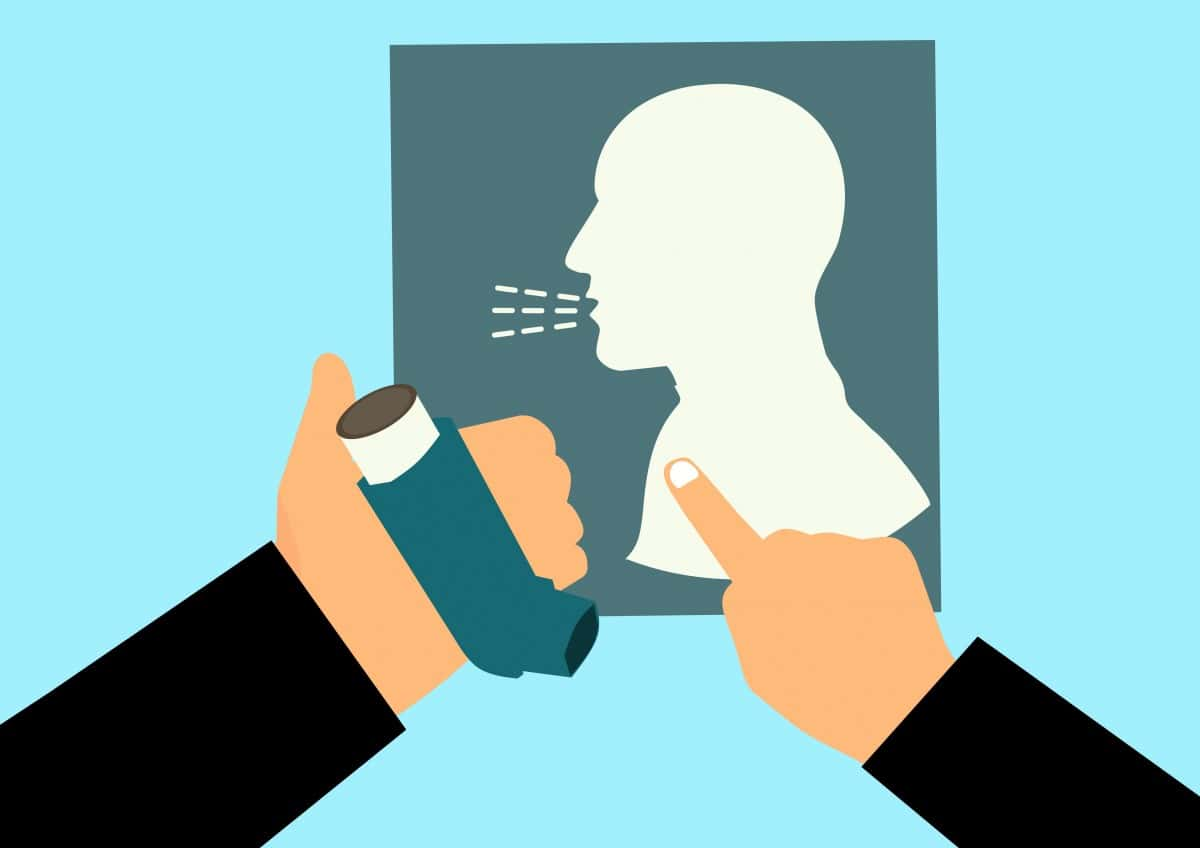 PxHere
PxHere
16. Footprints
Human activities release around 37 billion metric tons of carbon dioxide per year. The largest contributor to this staggering number is animal agriculture. The most effective way of combatting this urgent human rights issue is by adopting a plant-based diet, or at least radically cutting down meat and dairy consumption.
15. The Times Are A Changin’
Global climate change has already had observable effects on the environment. Glaciers have shrunk, ice on rivers and lakes is breaking up earlier, plant and animal ranges have shifted and trees are flowering sooner.
14. Is It Getting Hot In Here? Part II
Heat waves caused by global warming present greater risk of heat-related illness and death, most frequently among people who have diabetes who are elderly or are very young.
13. Number One Part II
The golden Toad was the first species to go extinct due to man-made climate change. The golden Toad went extinct in 1989.
12. Bugging Me
Climate change enhances the spread of pests that causes life threatening diseases like dengue, malaria, Lyme disease etc. You know, creepy crawlies that bite you in your sleep.
11. Fantastic Four
The number of climate change related incidents (like hurricanes, earthquakes, tsunamis, and mass extinctions) have increased four-fold between 1980 and 2010.
10. 9.7 Out Of 10 Agree
97% of scientists agree that warming trends over the past century is caused by human activity.
9. Beginnings
1950 was the year when CO2 levels broke records from the previous 400,000 years. These levels have been on a continuous rise since then.
8. Hot!
Every year since the year 2000 has been the hottest year in recorded history, with 2017 set to continue this trend.
7. Hot! Part II
The 9 most explosive fires in America's history have all occurred since 2000, with 2015 having the biggest fire (10.1 million acres burned) in American history. Smokey the Bear is not happy, not one bit.
6. Costly
$180 billion dollars is the estimated economic losses to the United States by end of the century if no action is taken on climate change.
5. Allergic
Pollen and other aeroallergen levels are also higher in extreme heat. These can trigger asthma, which affects around 300 million people. Ongoing temperature increases are expected to increase this burden.
4. Danger Zone Part II
Most people reading this will actually be alive when Bangkok “sinks.” Many scientists have estimated that the city, which is home to 8.2 million people, could be largely under water in fifteen years. The cause is largely due to rising sea levels, with a little help from the sinking shoreline. Is a man-made intervention an option? Maybe, but little action has been taken, and the crisis tipping point is fast-approaching.
3. Water You Drinking?
More variable rainfall patterns are likely to compromise the supply of fresh water. Globally, water scarcity already affects four out of every 10 people. A lack of water and poor water quality can compromise hygiene and health. This increases the risk of diarrhoea, which kills approximately 2.2 million people every year, as well as trachoma (an eye infection that can lead to blindness) and other illnesses.
2. Grumble
Malnutrition causes millions of deaths each year, from both a lack of sufficient nutrients to sustain life and a resulting vulnerability to infectious diseases such as malaria, diarrhoea, and respiratory illnesses. Increasing temperatures on the planet and more variable rainfalls are expected to reduce crop yields in many tropical developing regions, where food security is already a problem.
1. There’s Hope!
Aside from adopting a plant-based diet, there’s a more you can do to help. Taking other steps to reduce greenhouse gas emissions or lessen the health impacts of climate change could have positive health effects. For example, promoting the safe use of public transportation and active movement - such as biking or walking as alternatives to using private vehicles - could reduce carbon dioxide emissions and improve public health (and your health). They can not only cut traffic injuries but also reduce air pollution and associated respiratory and cardiovascular diseases. Increased levels of physical activity can lower overall mortality rates. So go for a walk, and treat yourself with a delicious animal-free burger and know you’re saving the planet.

